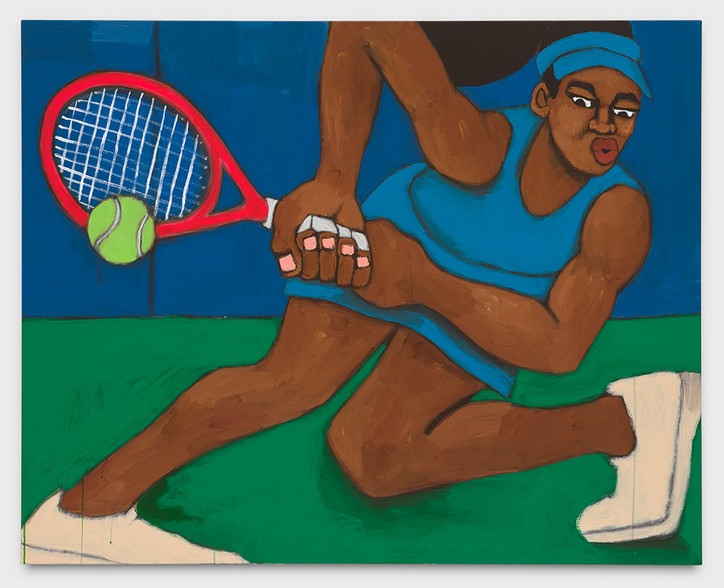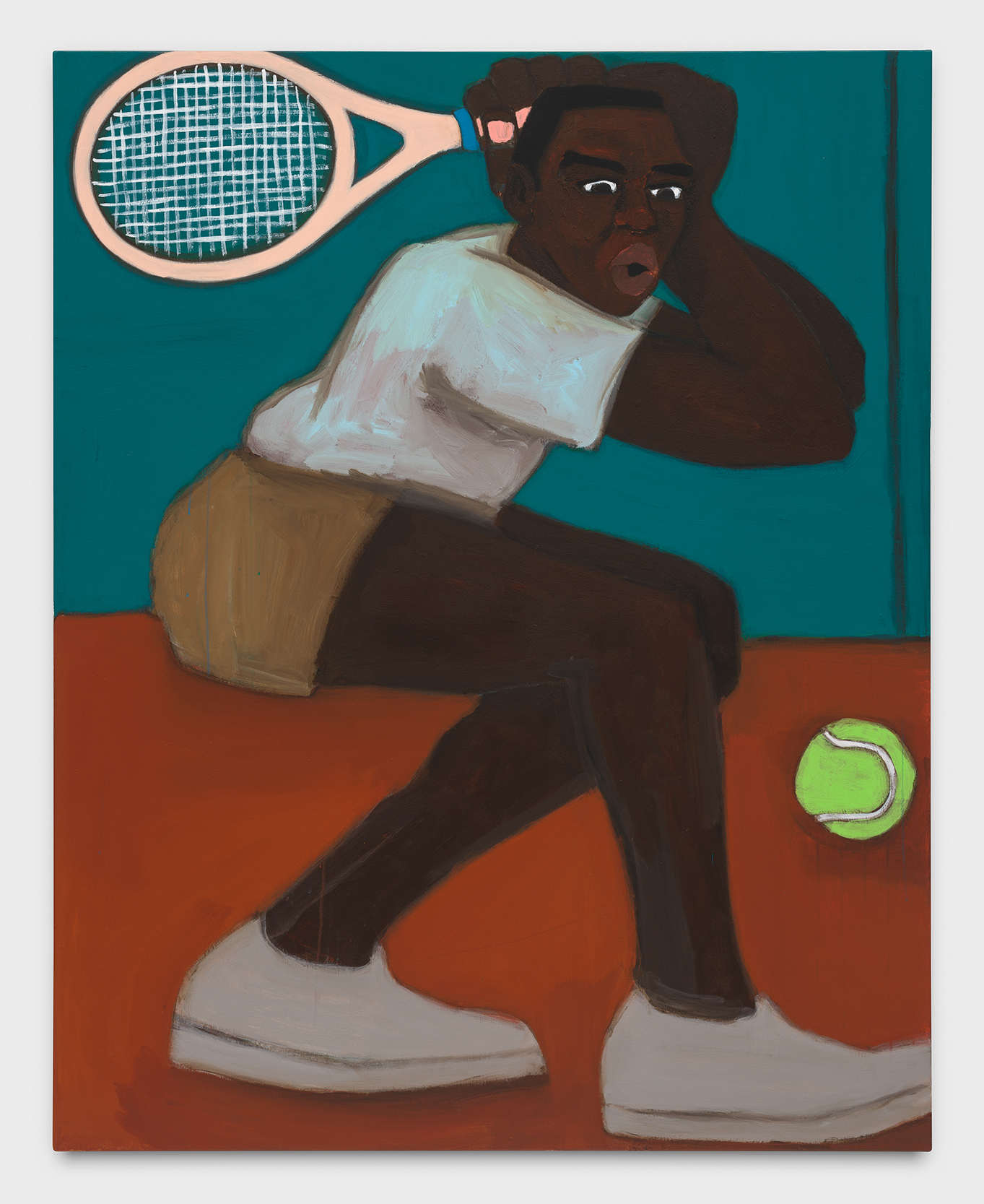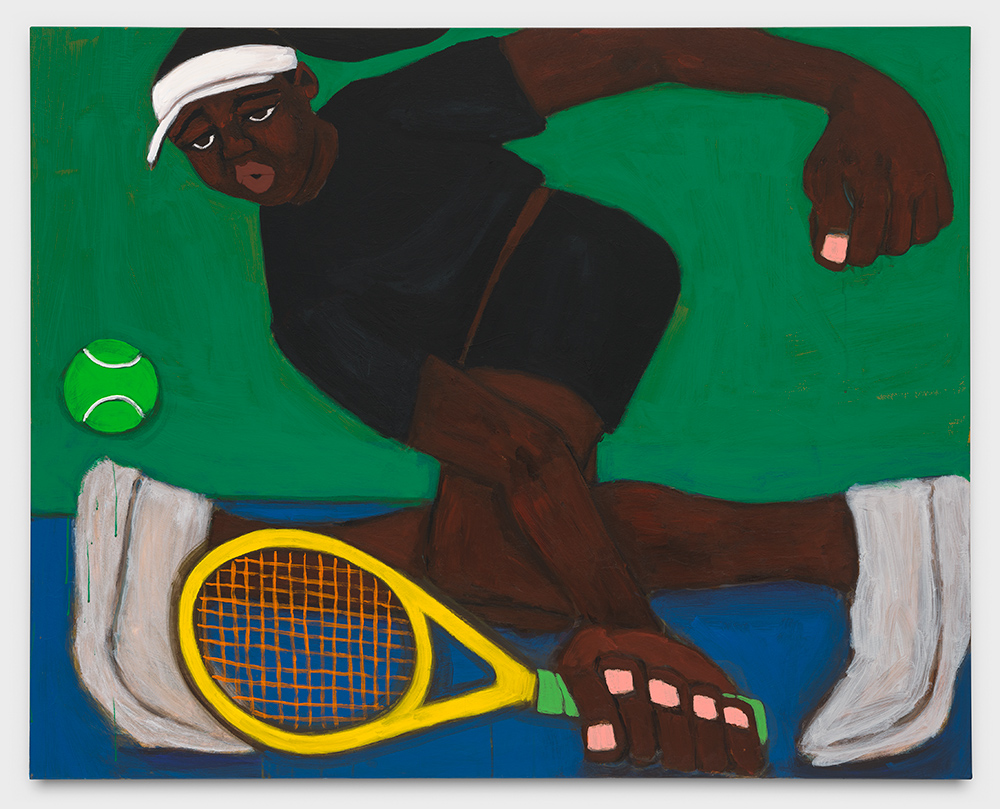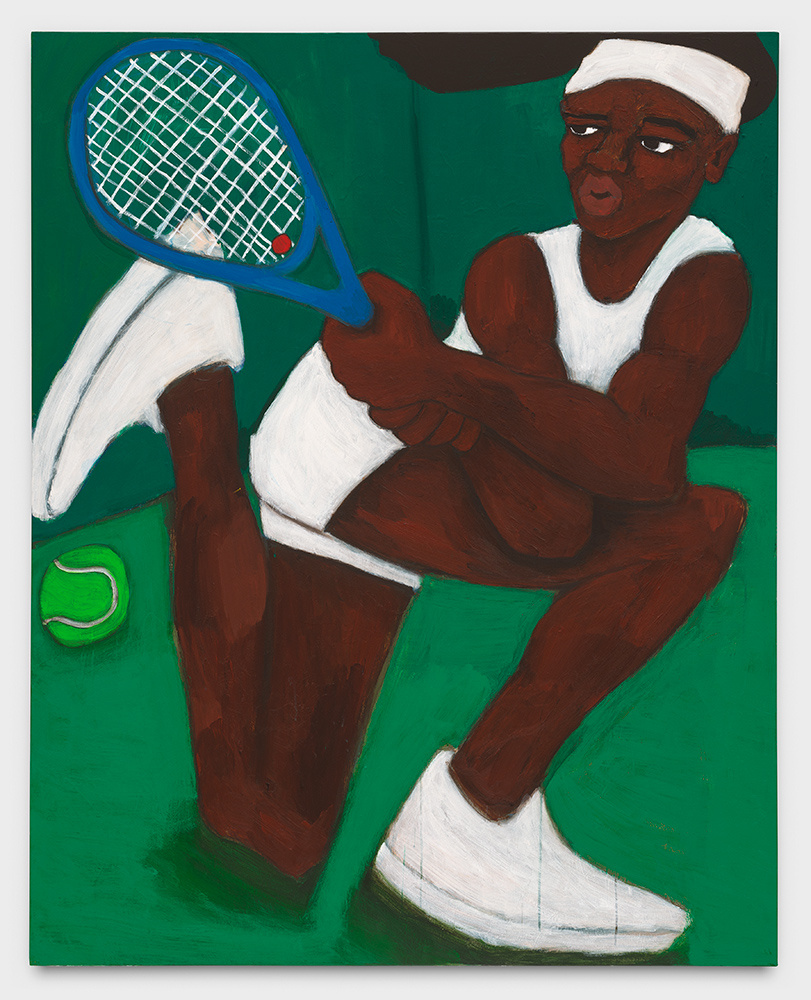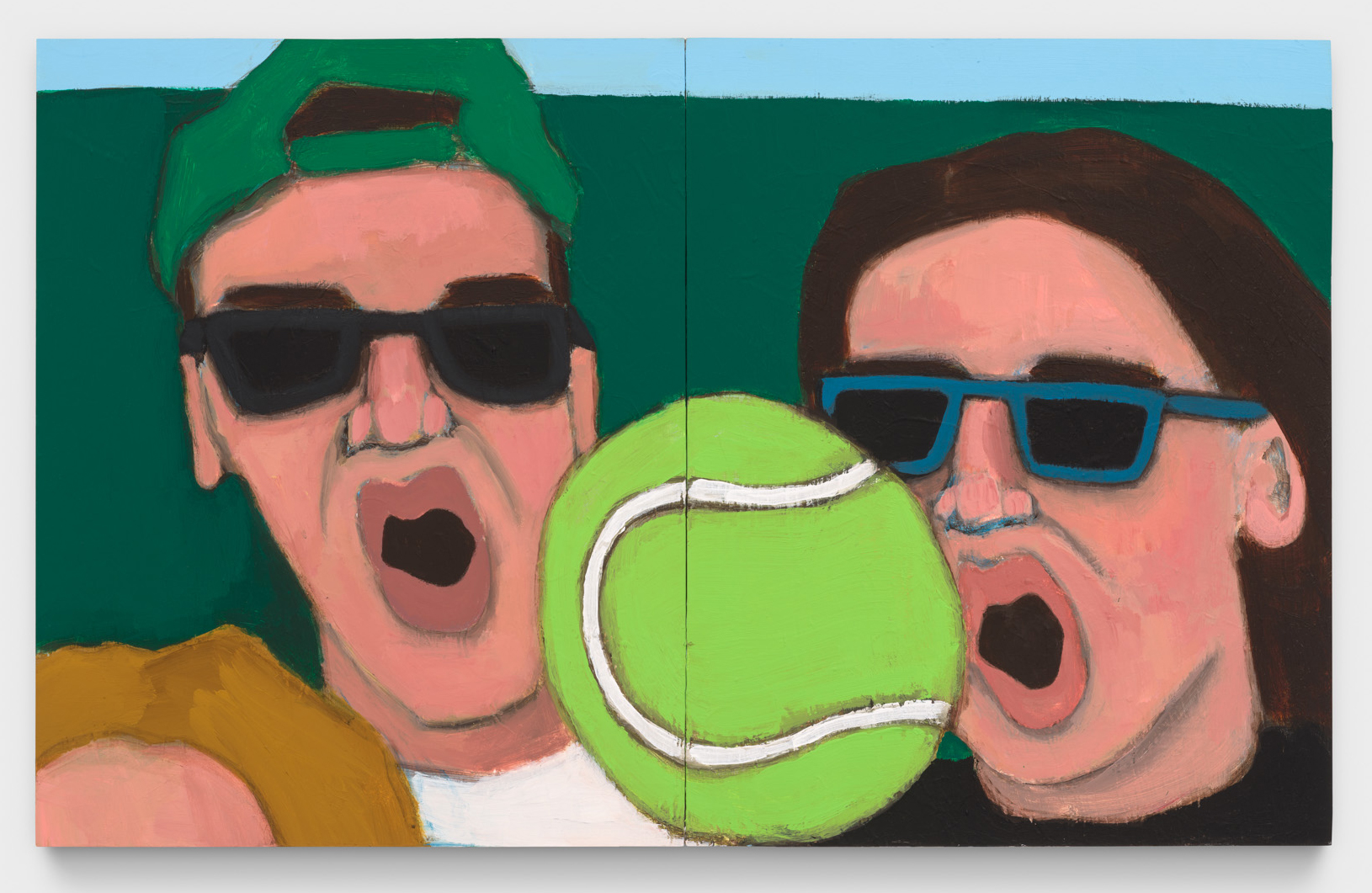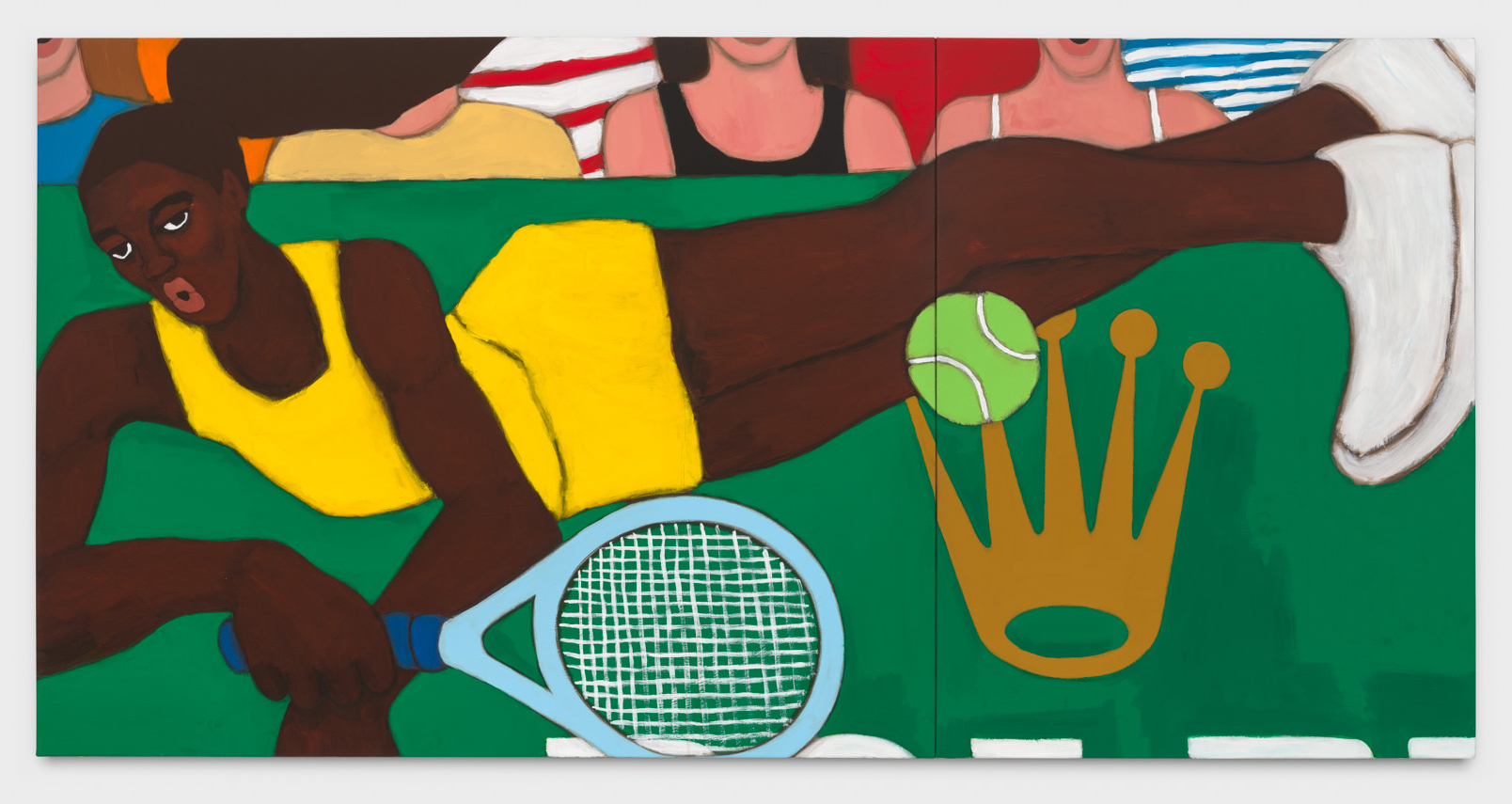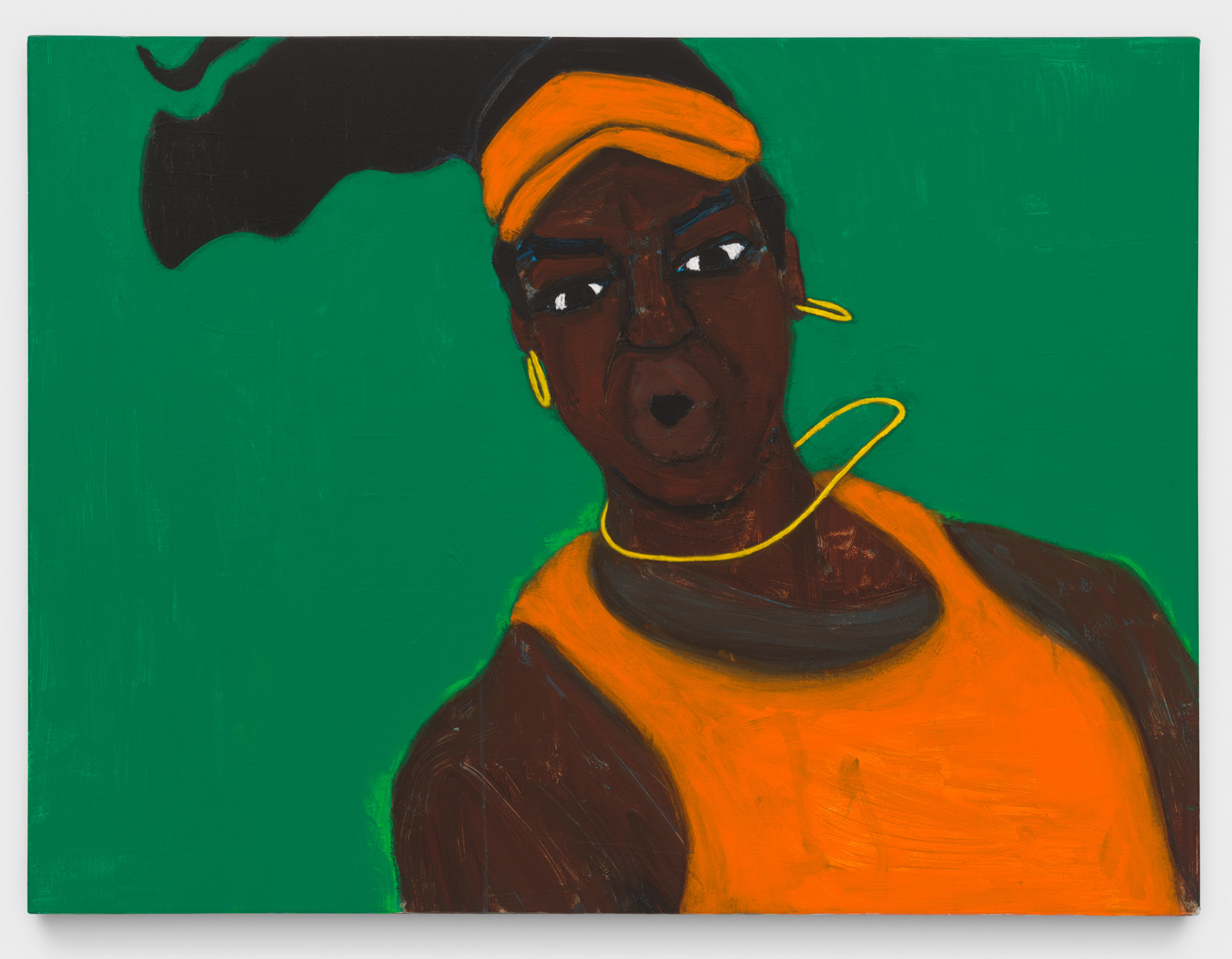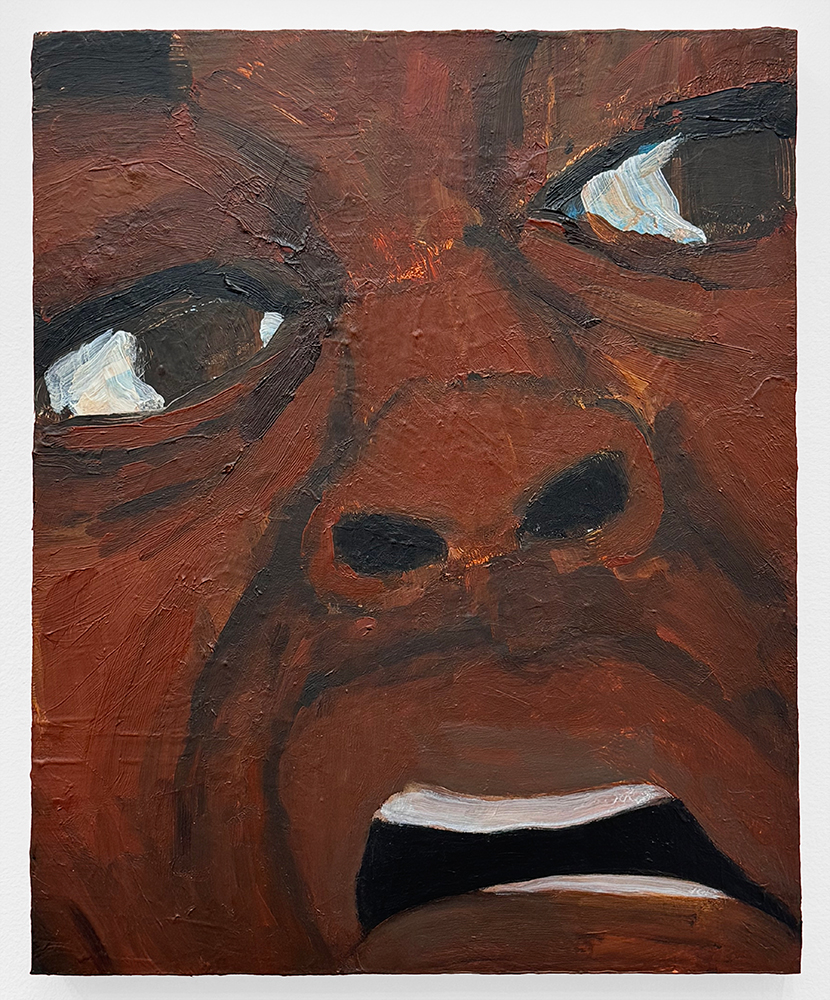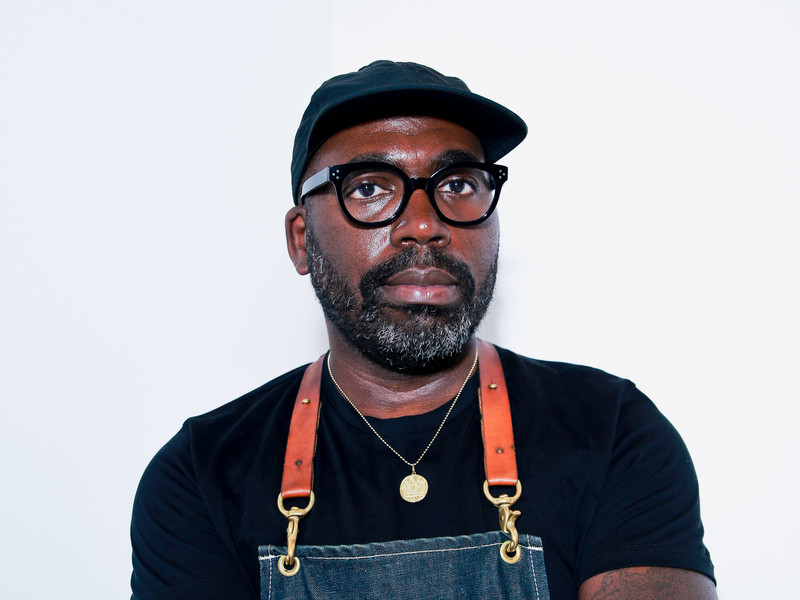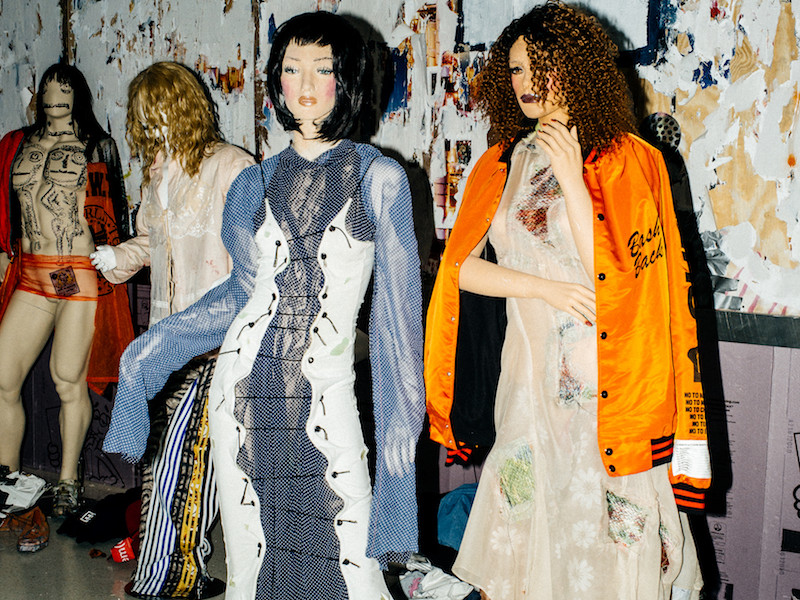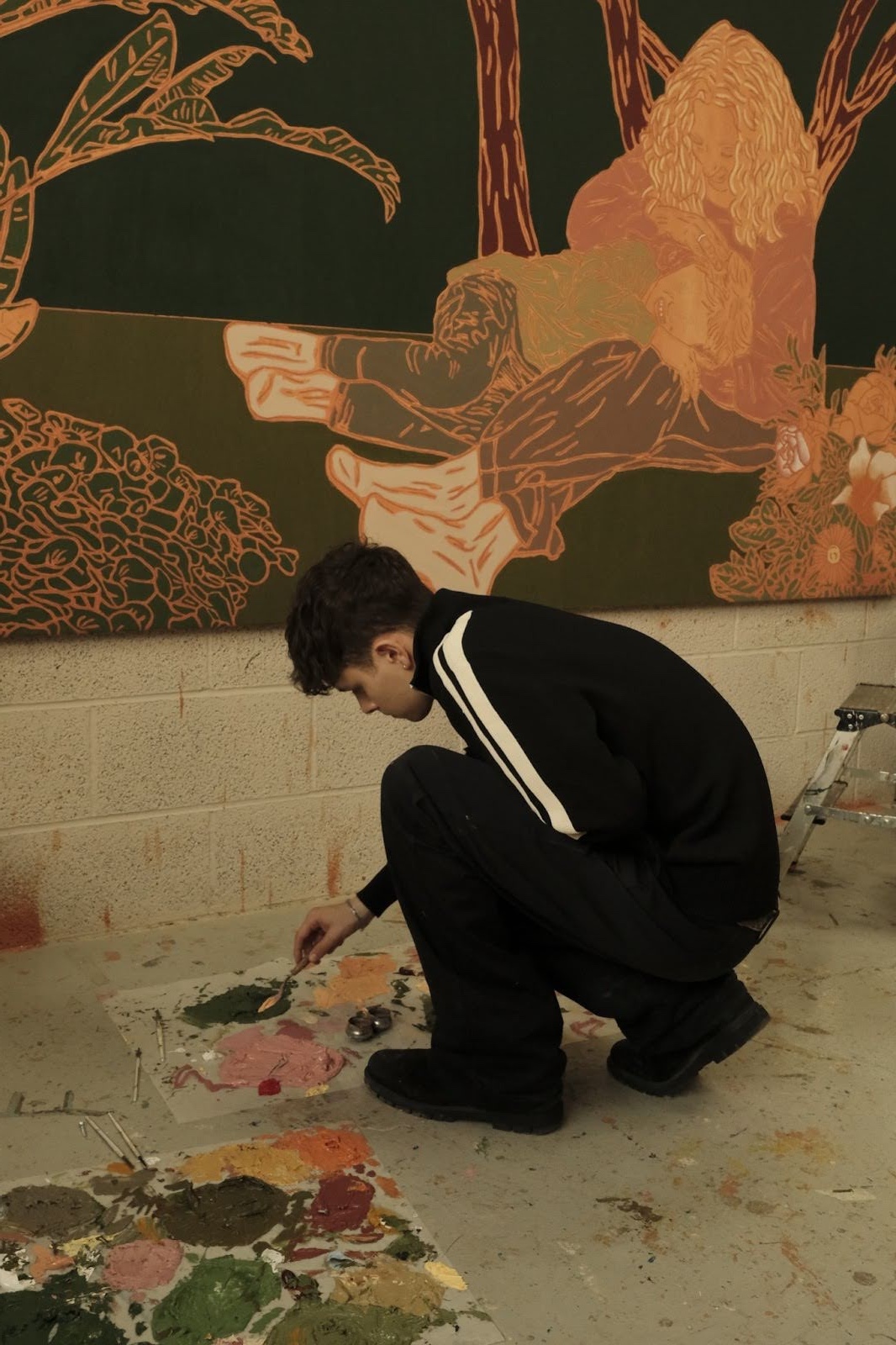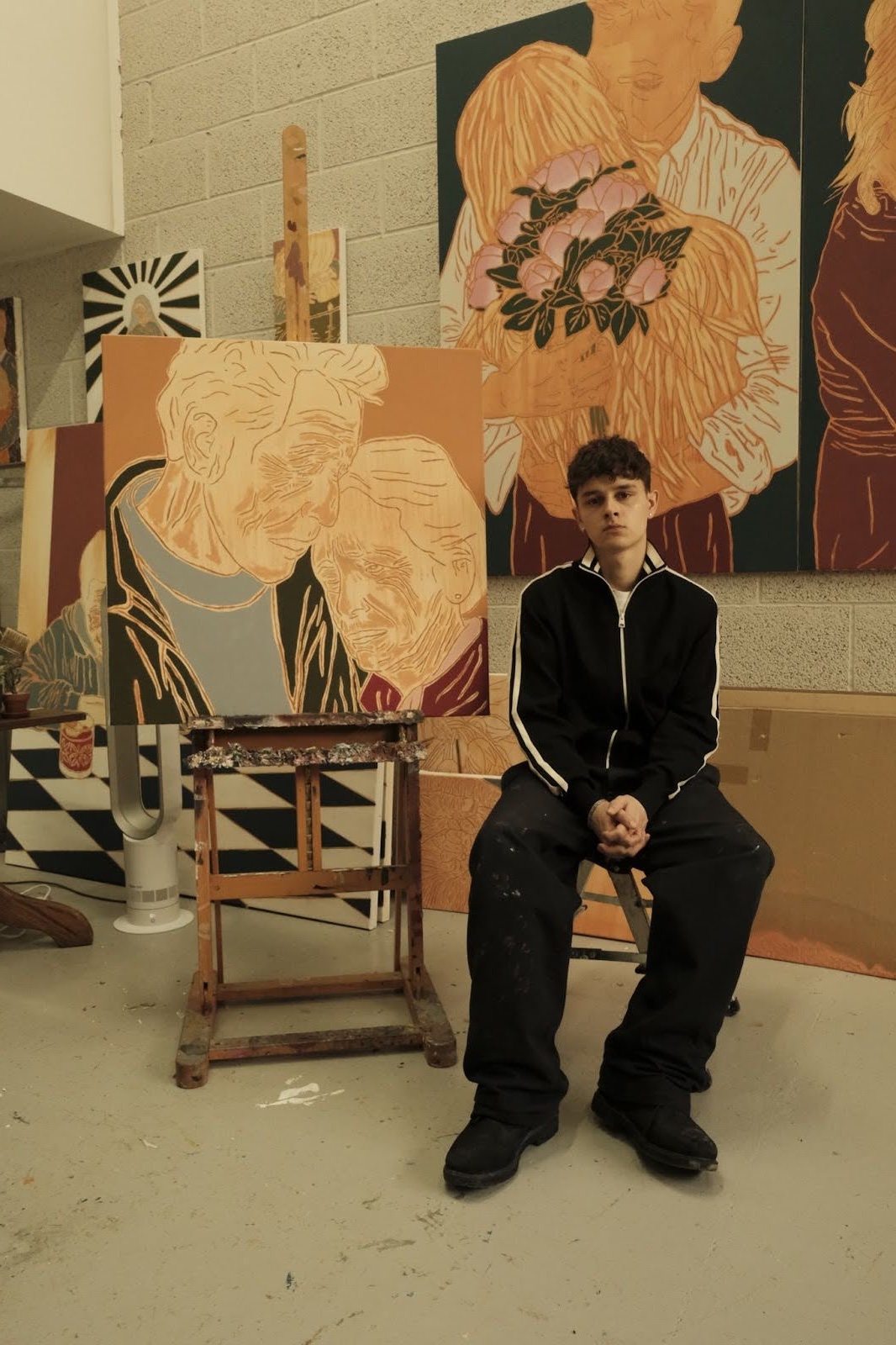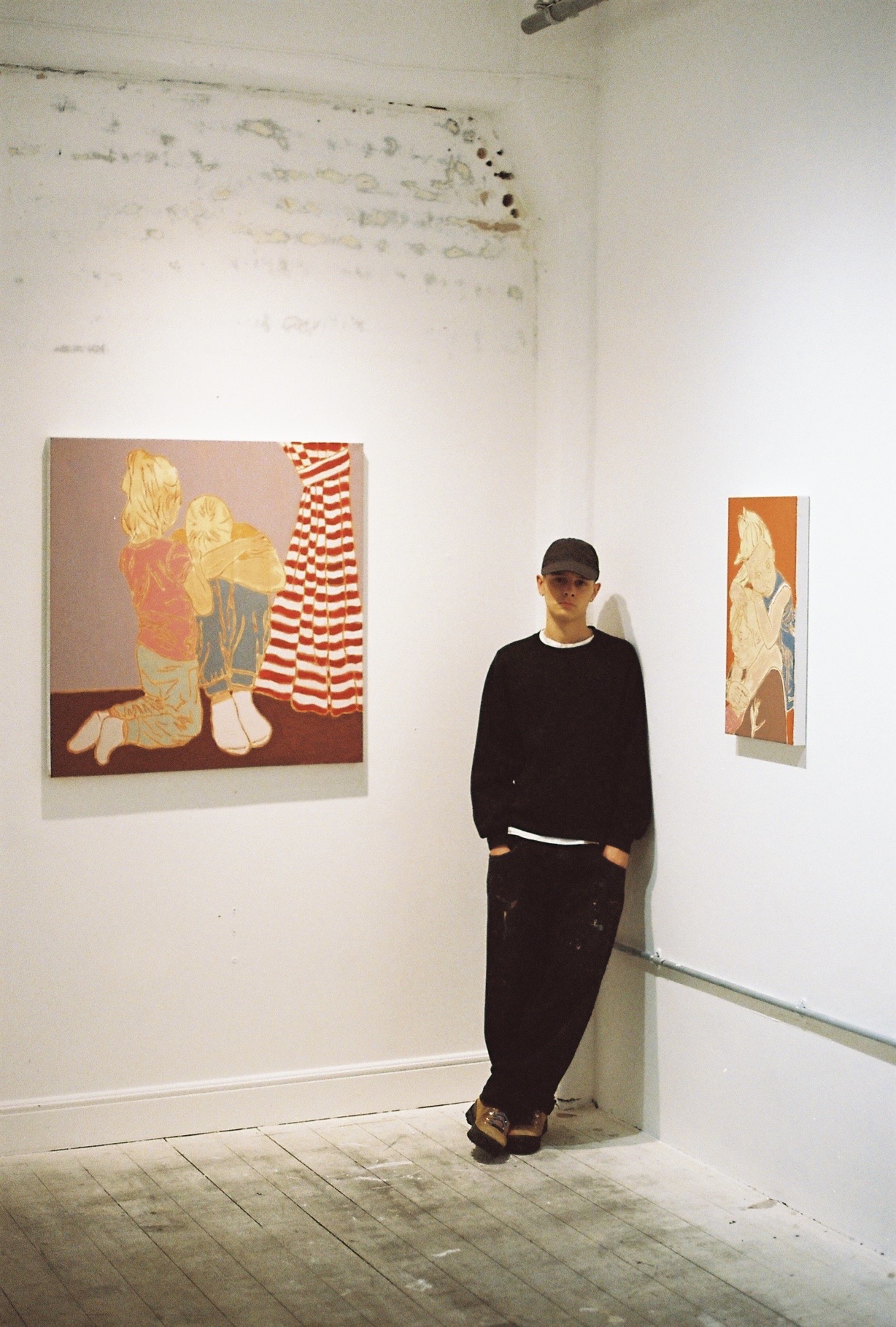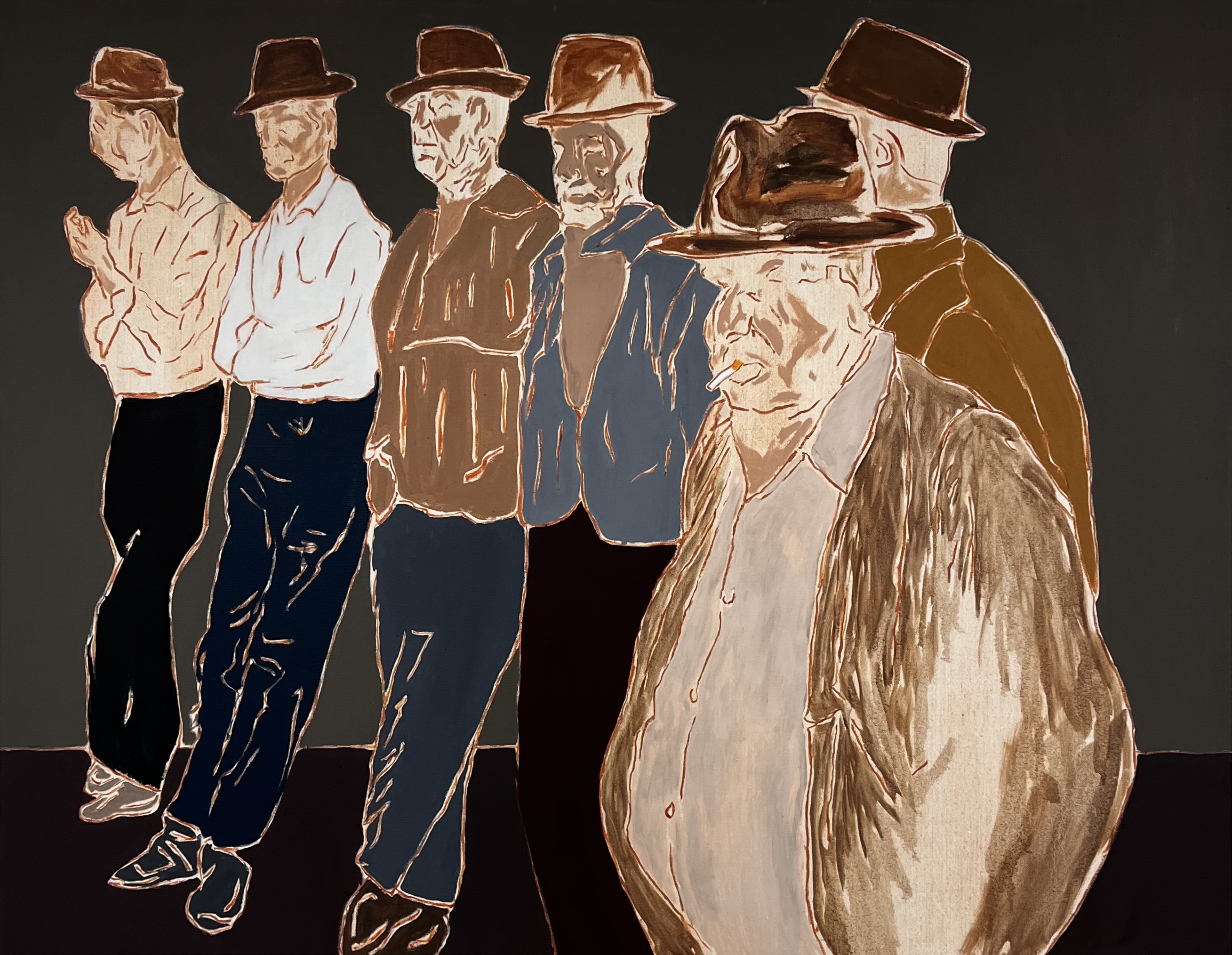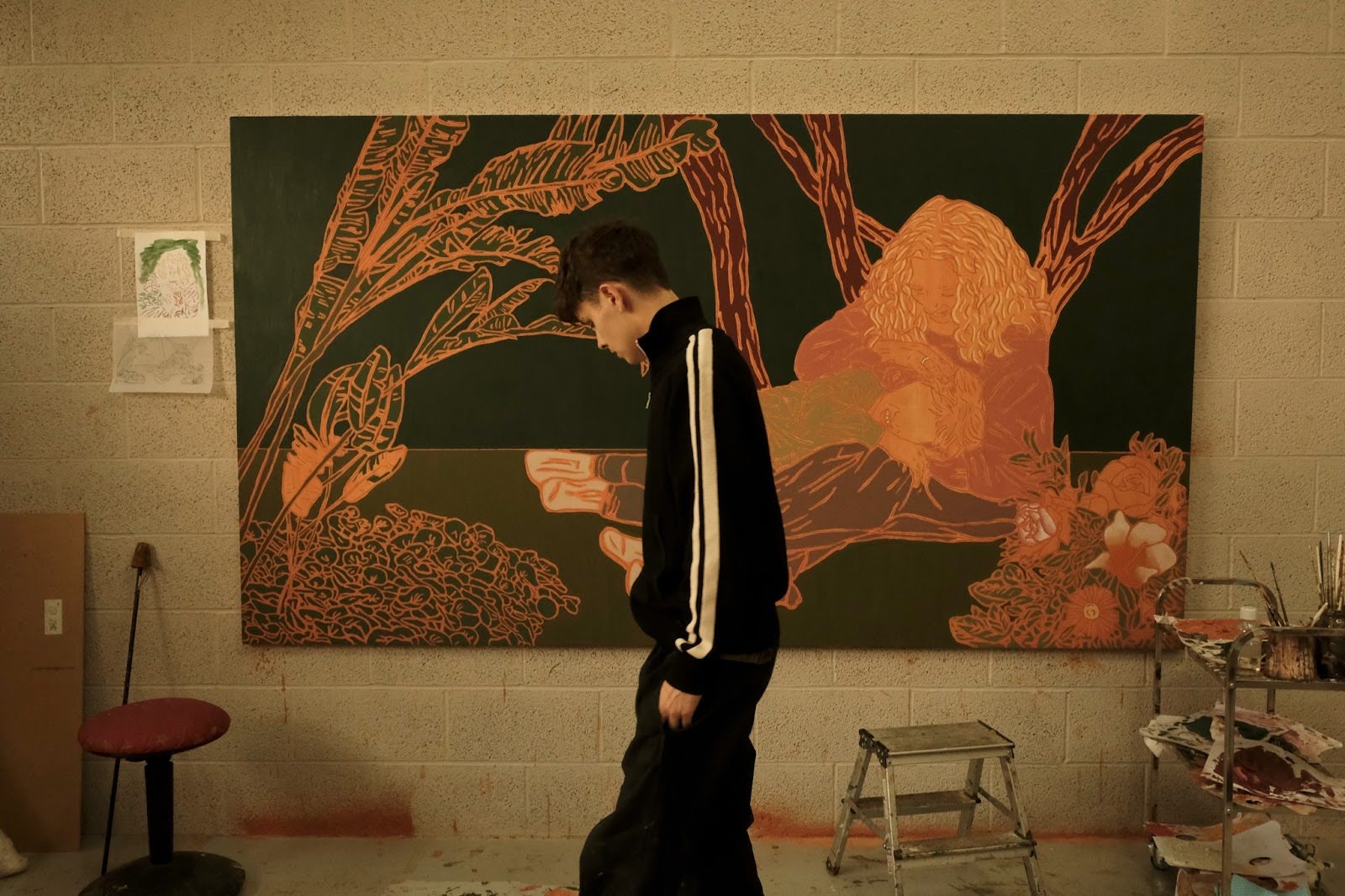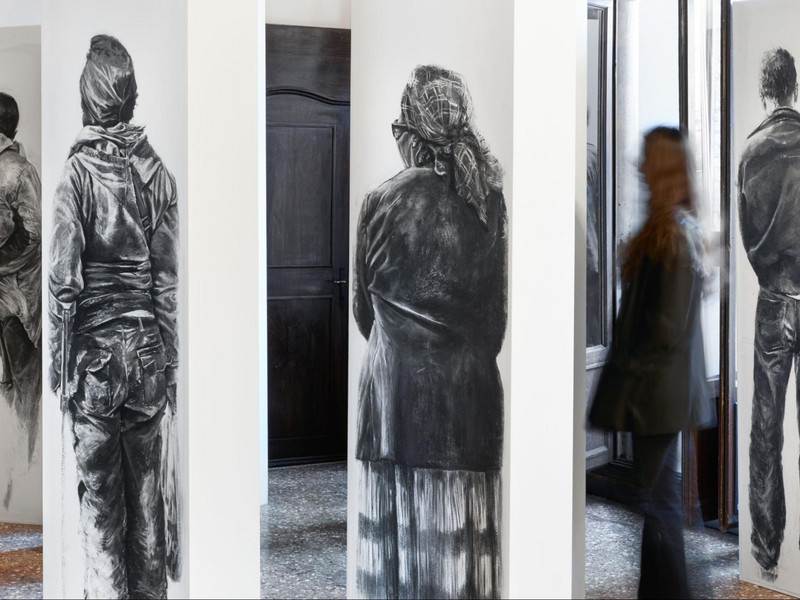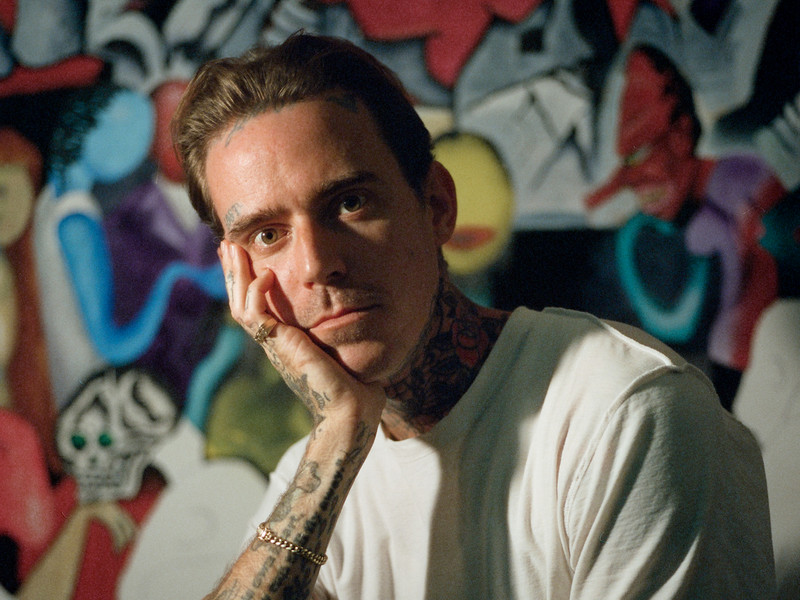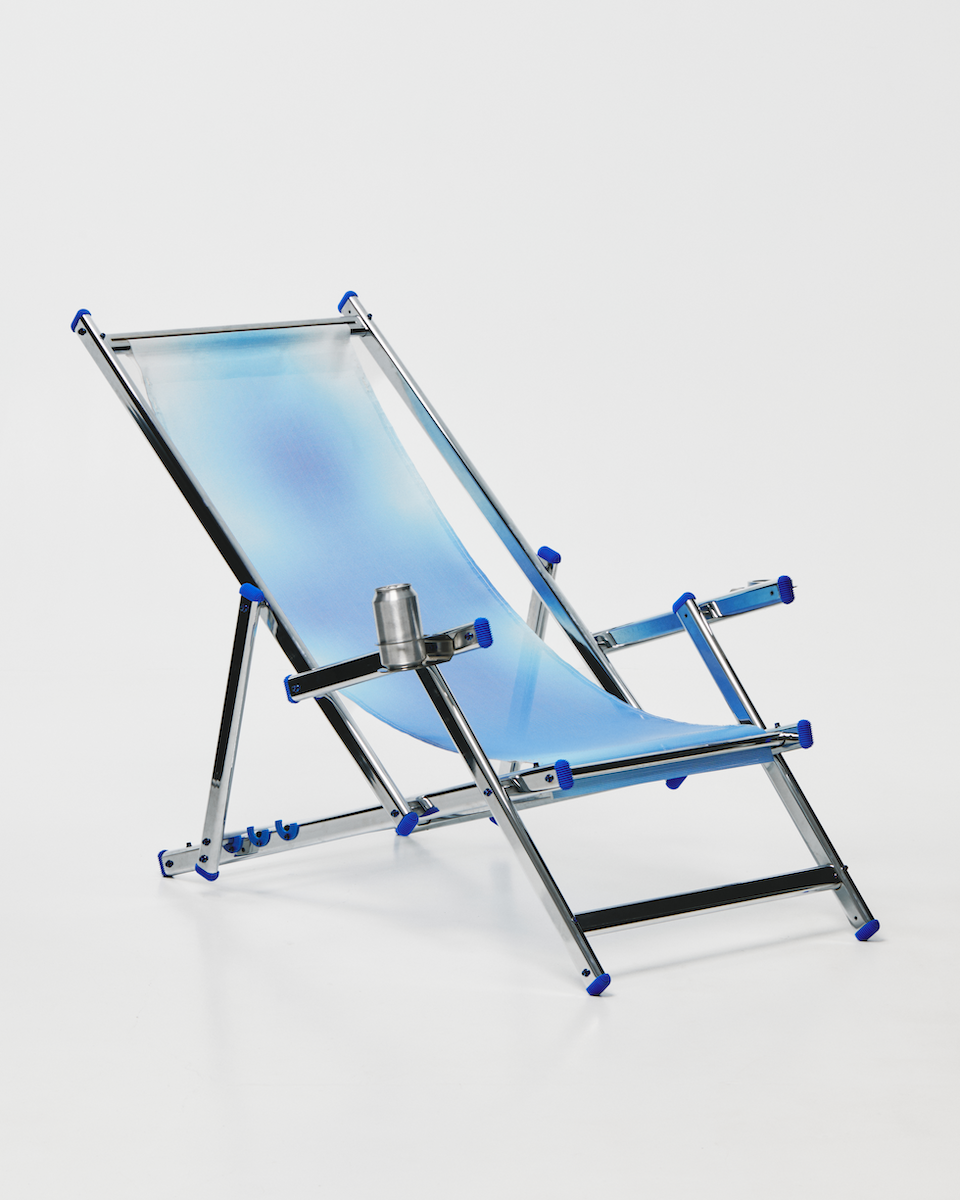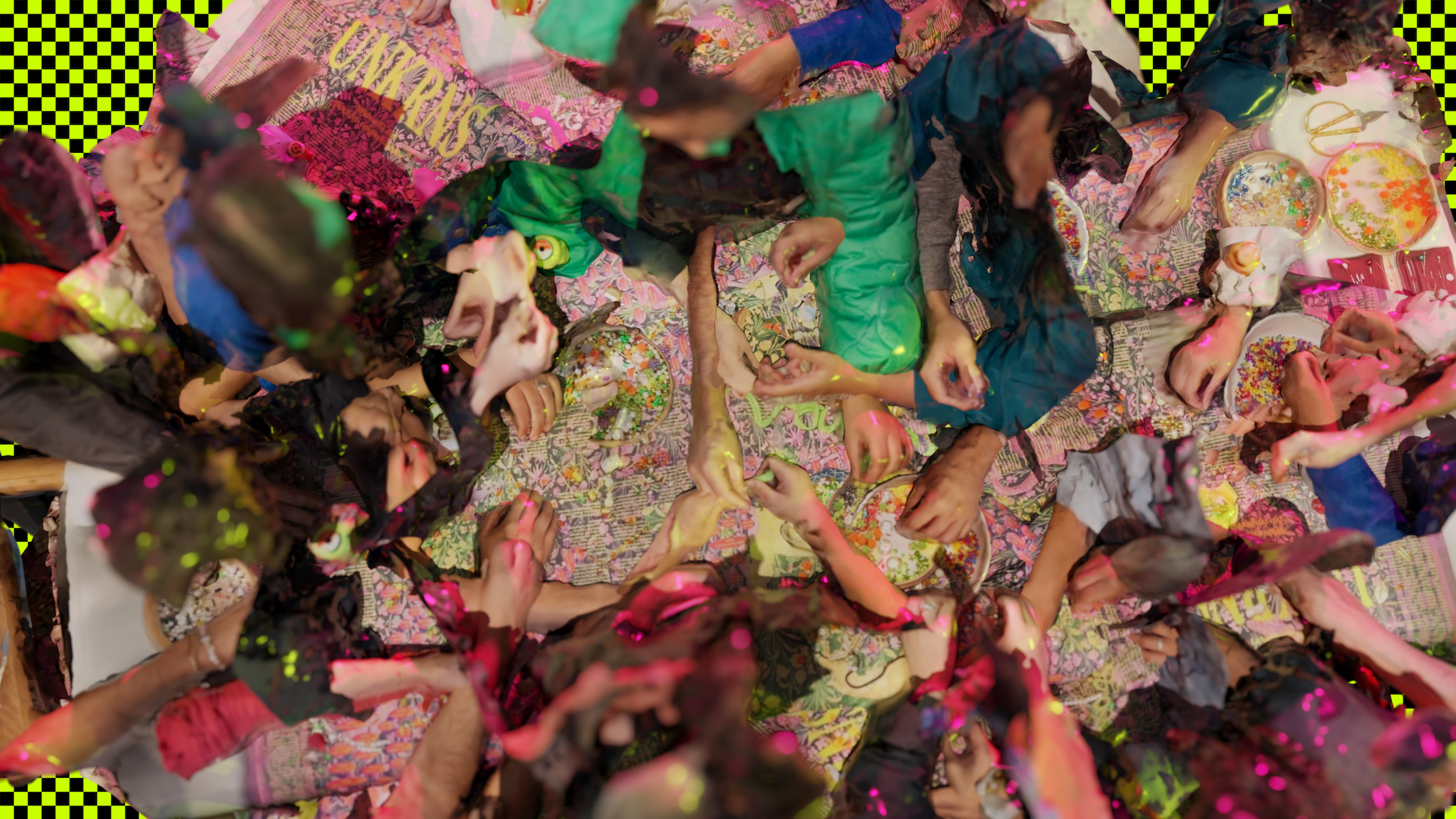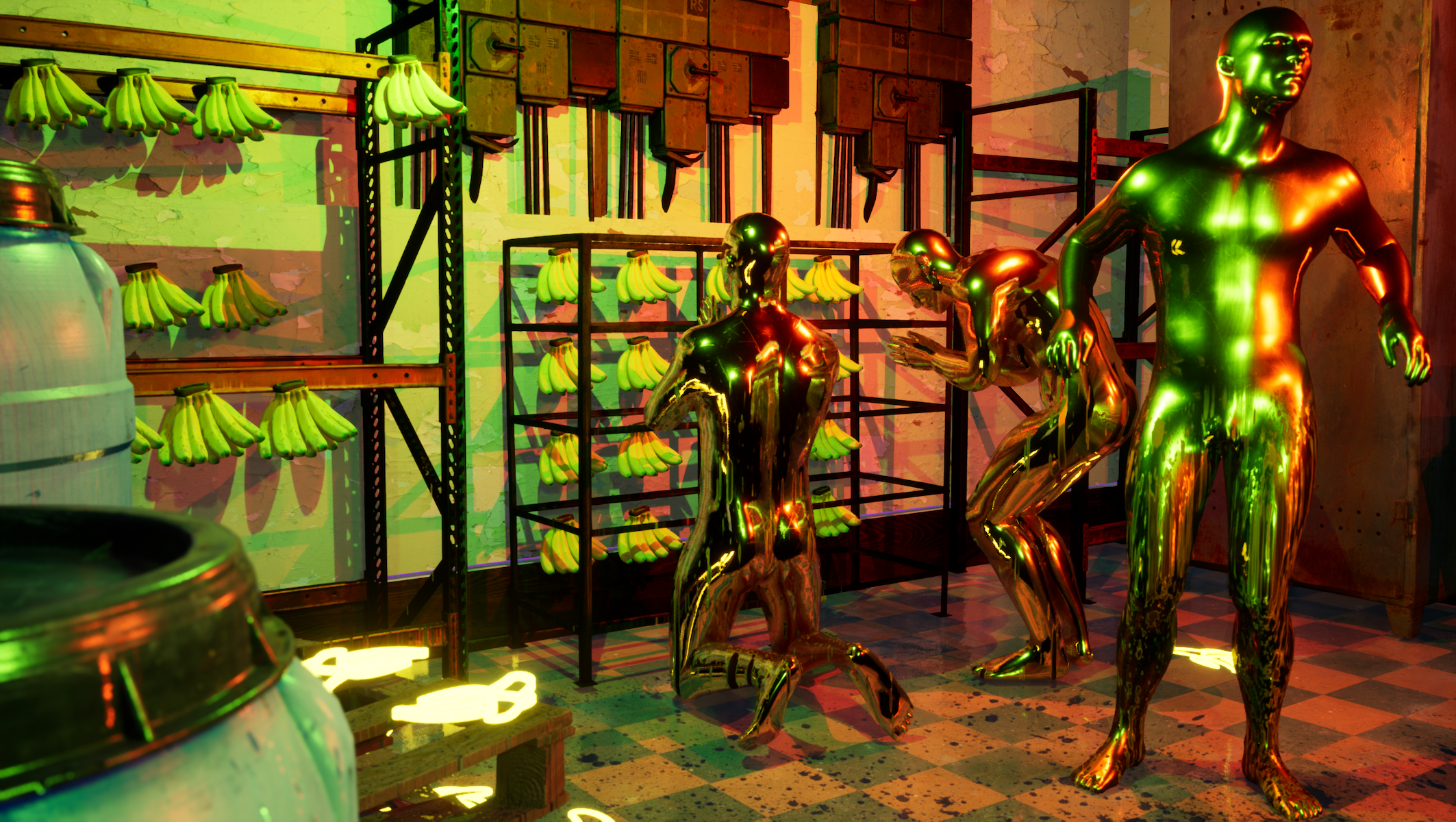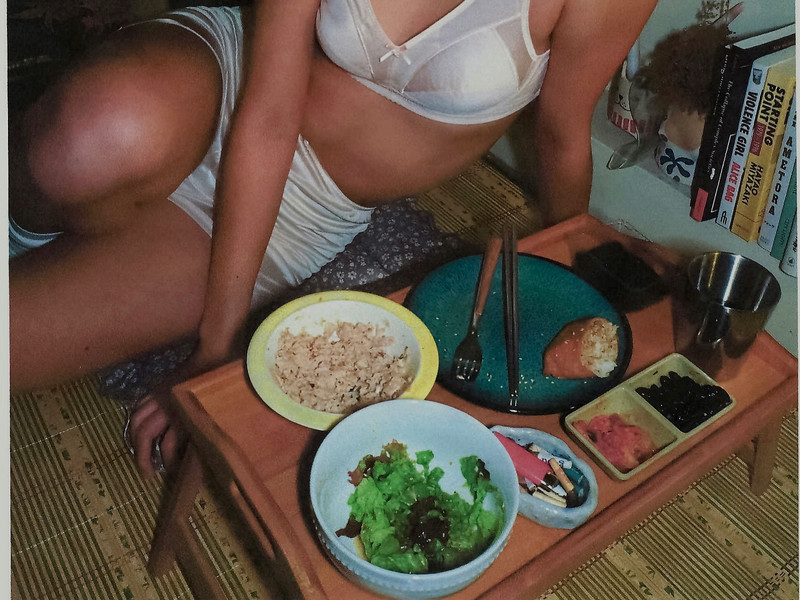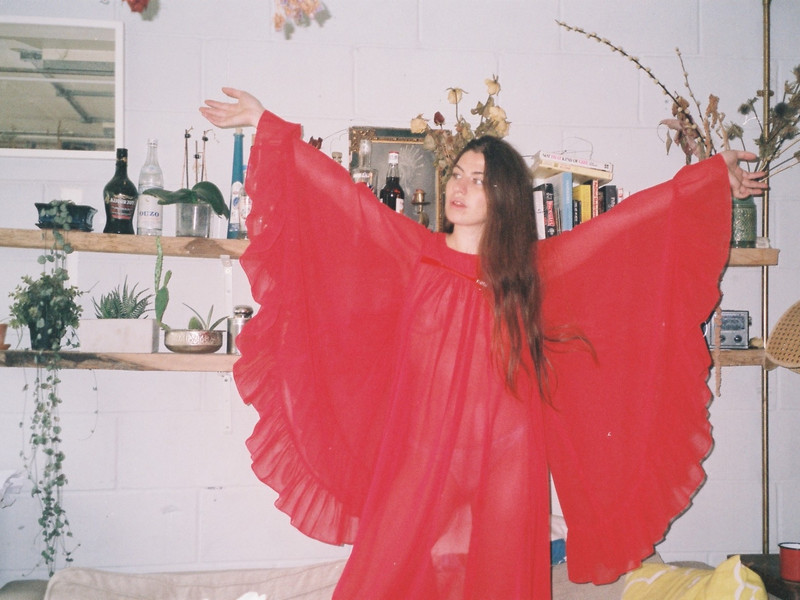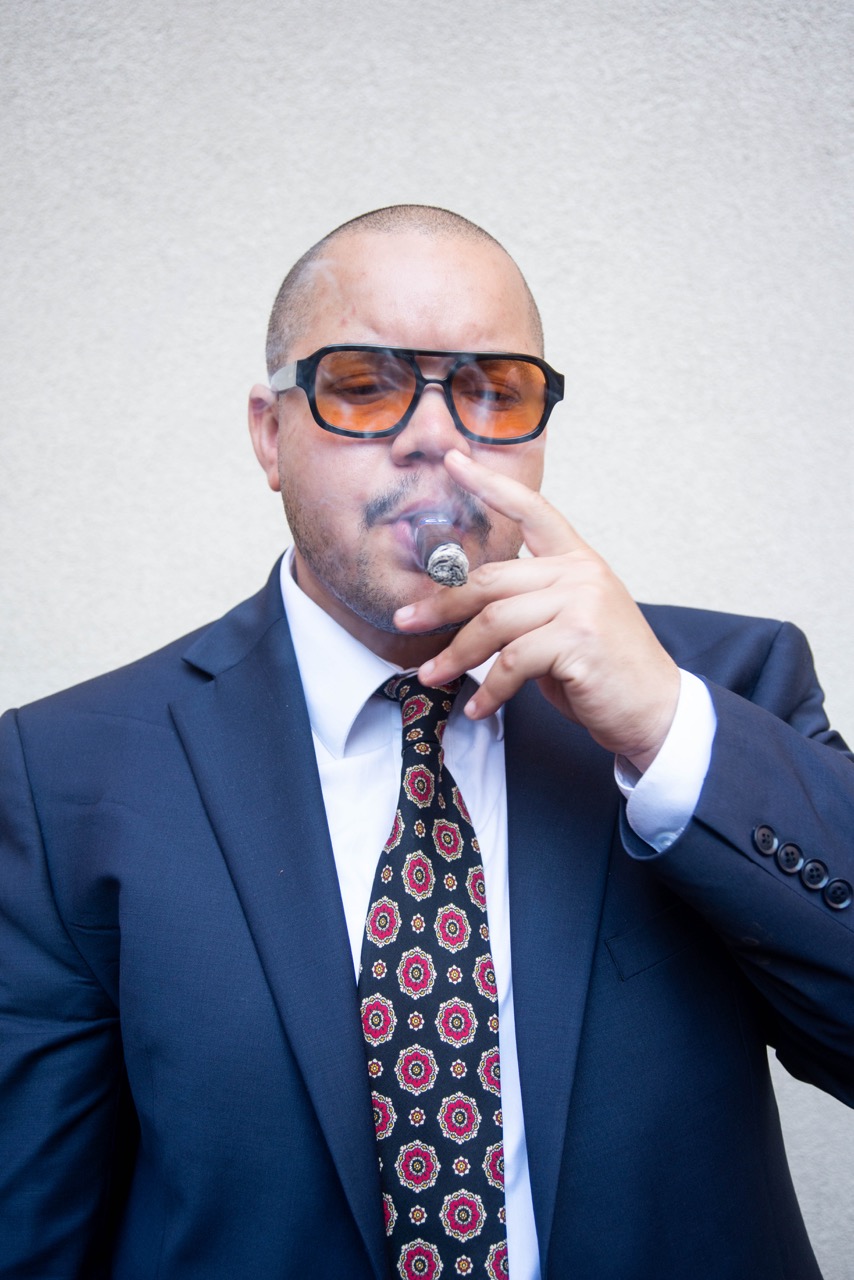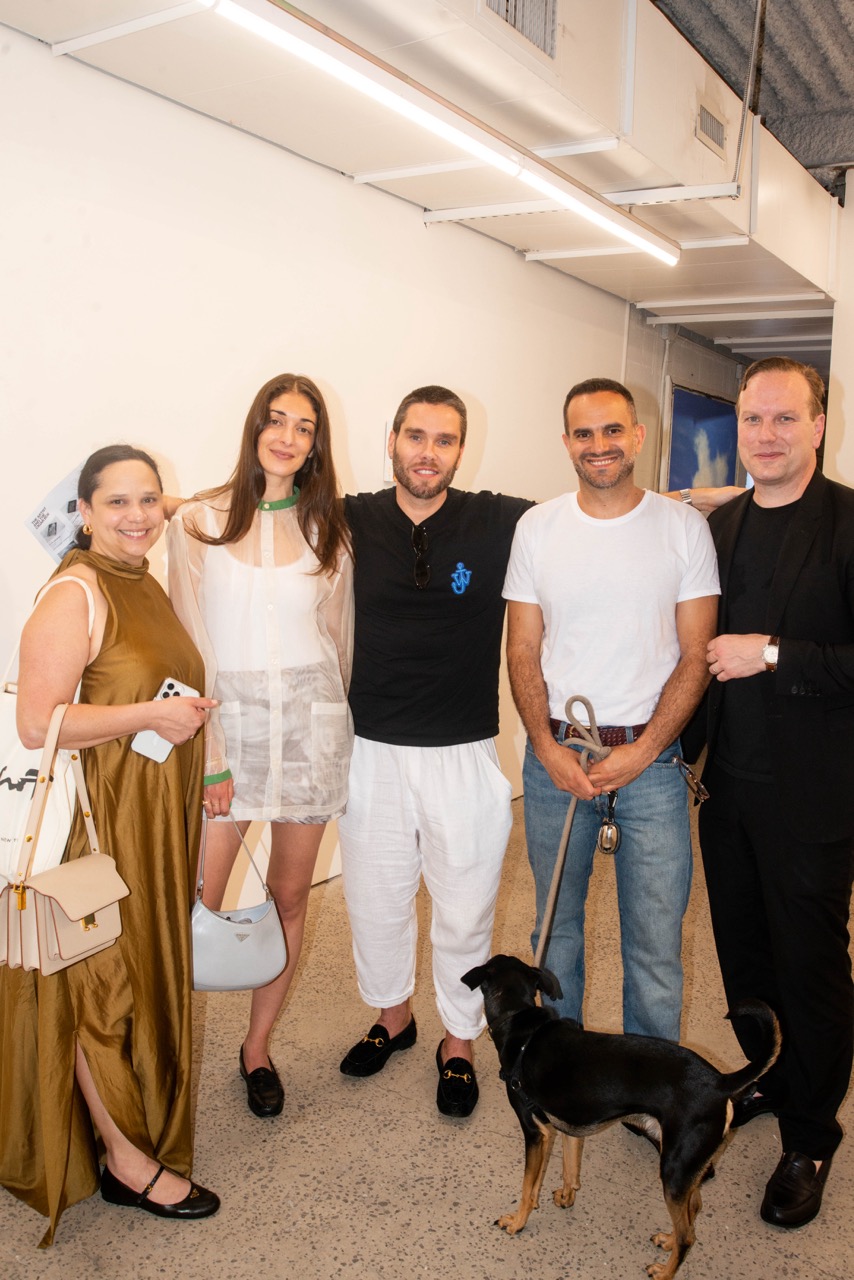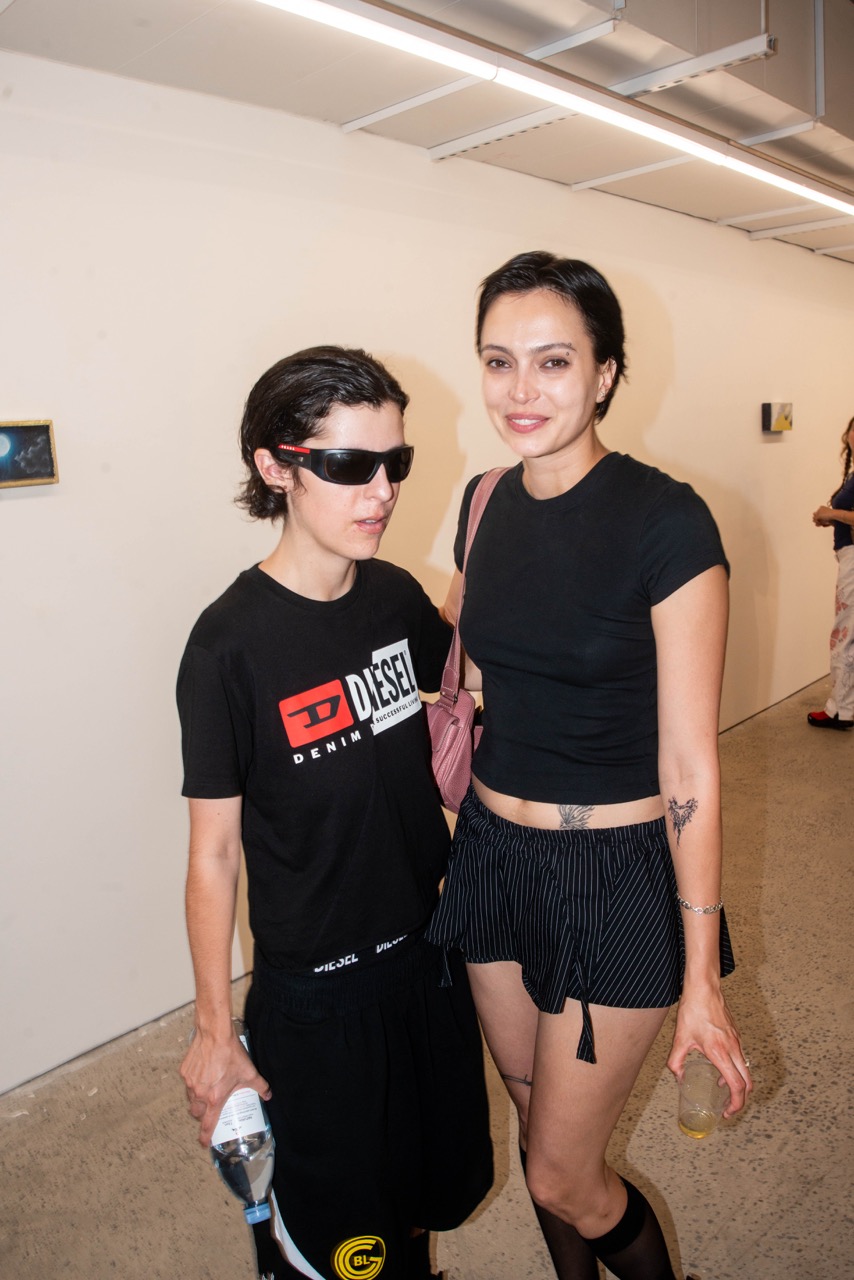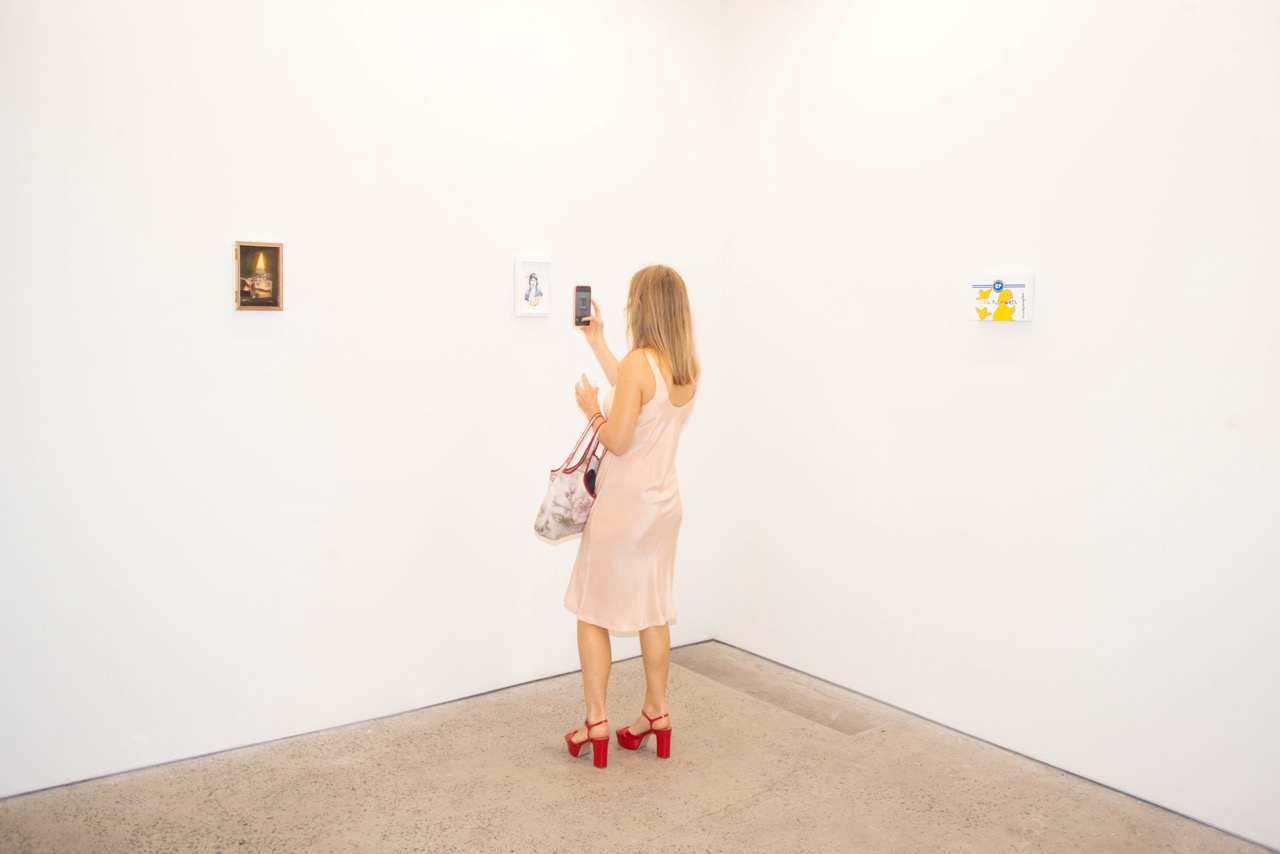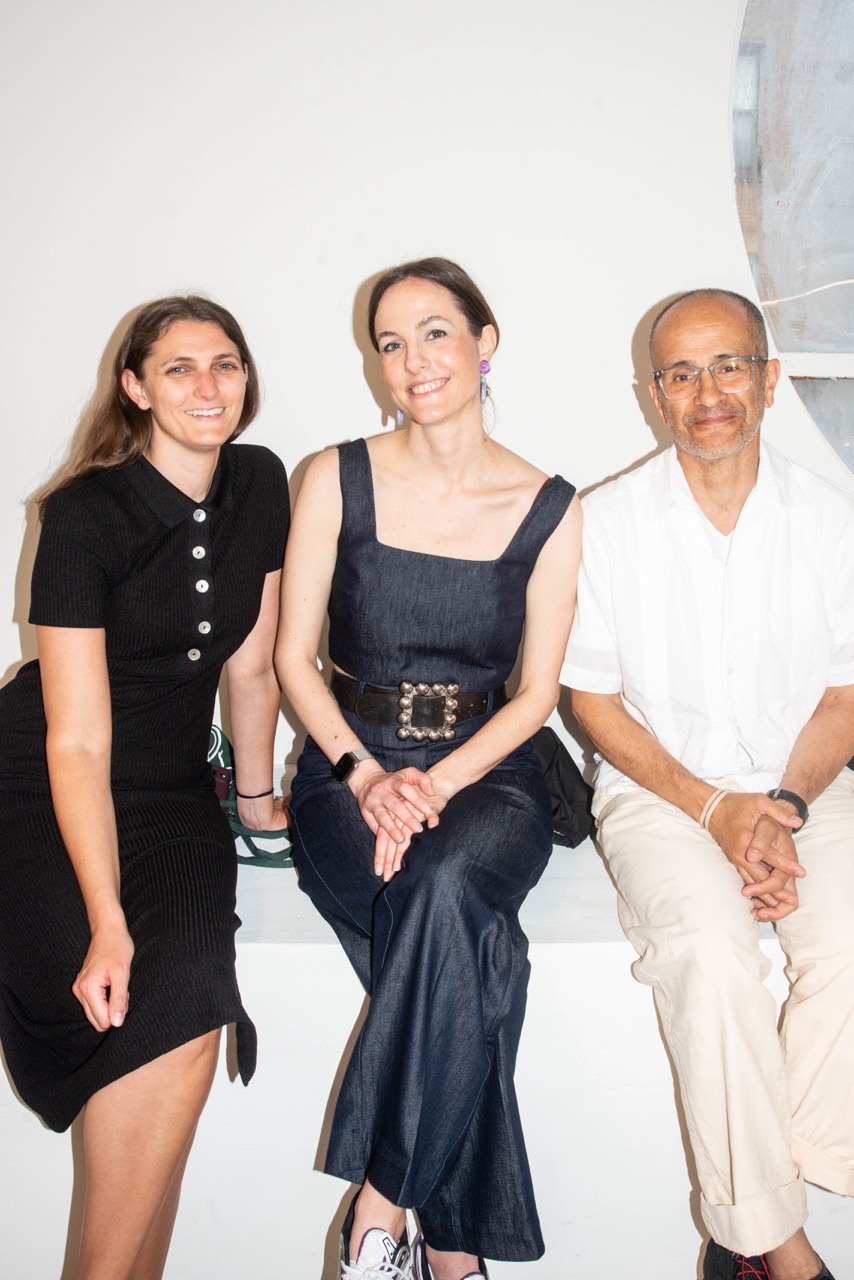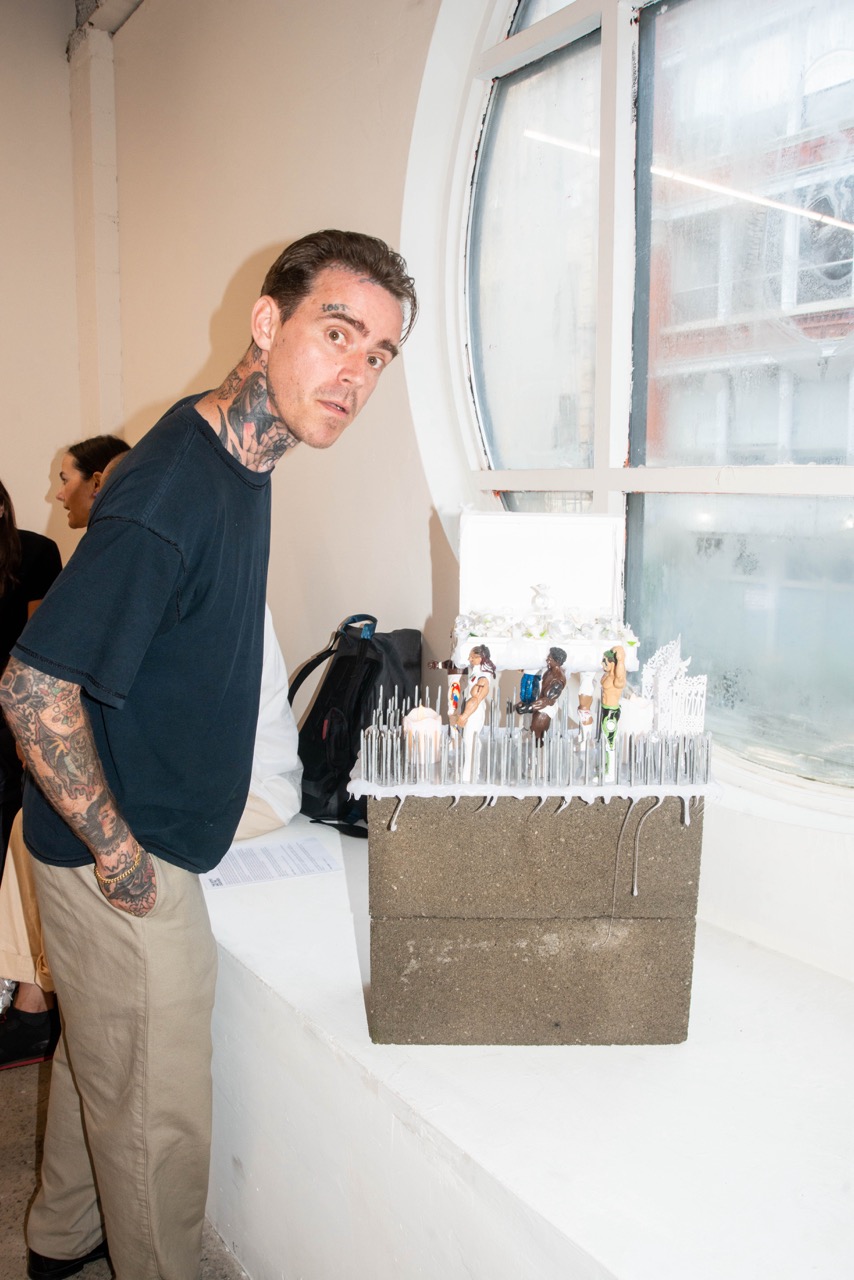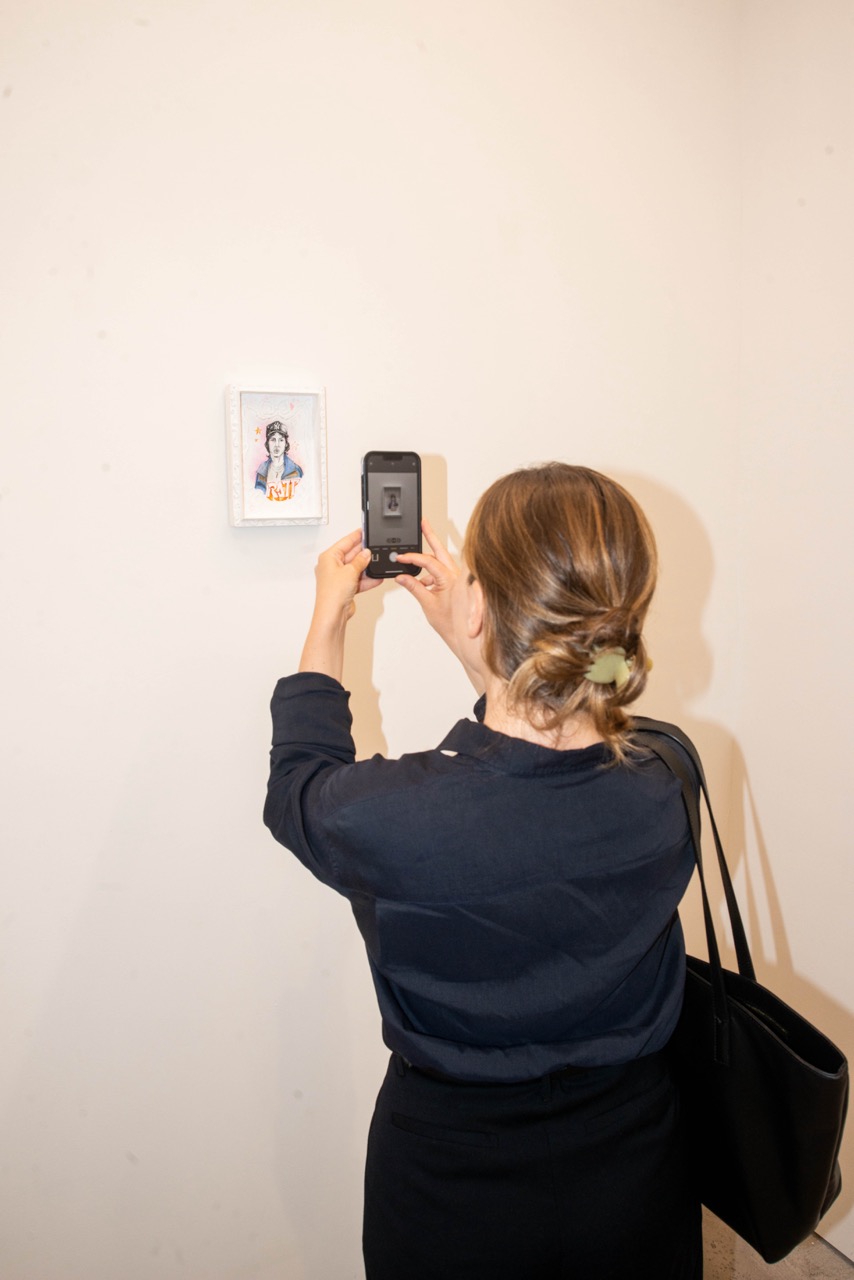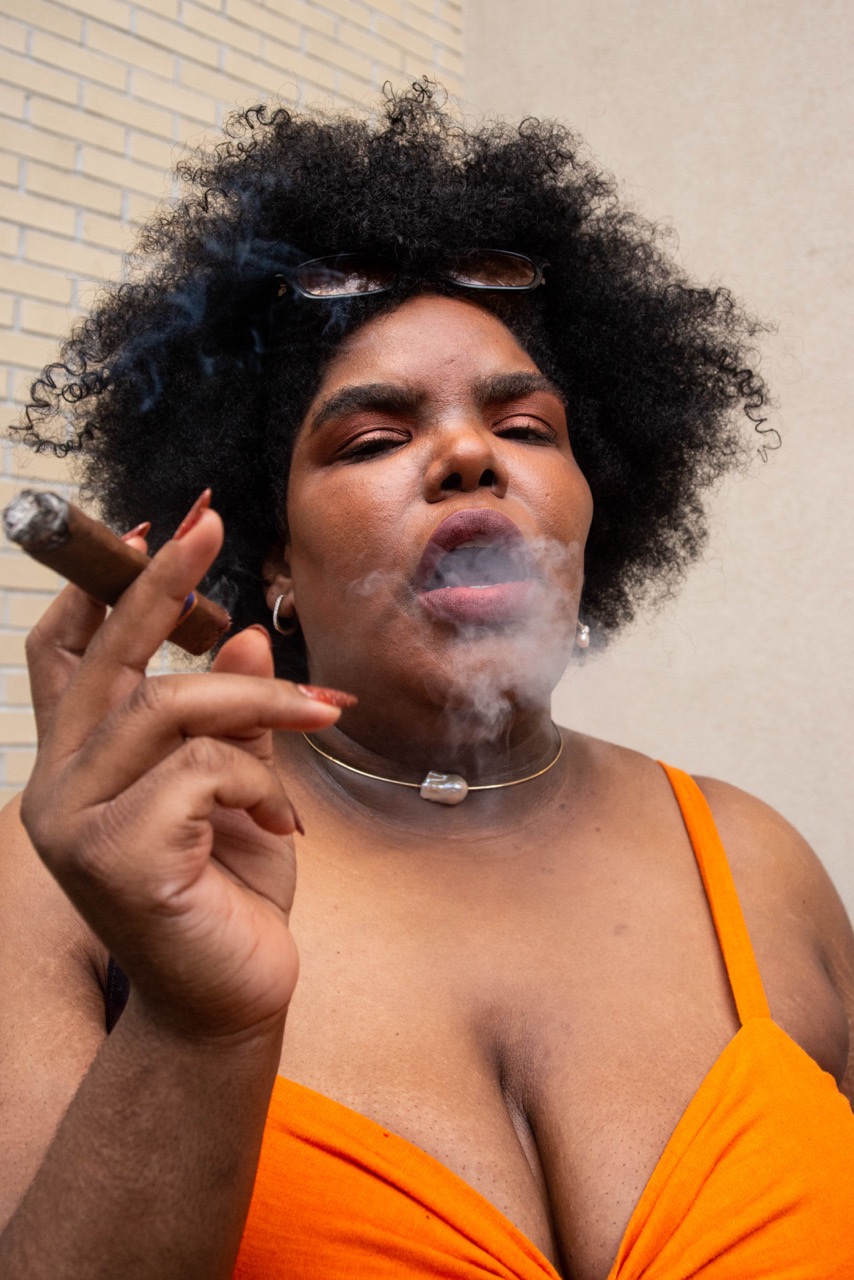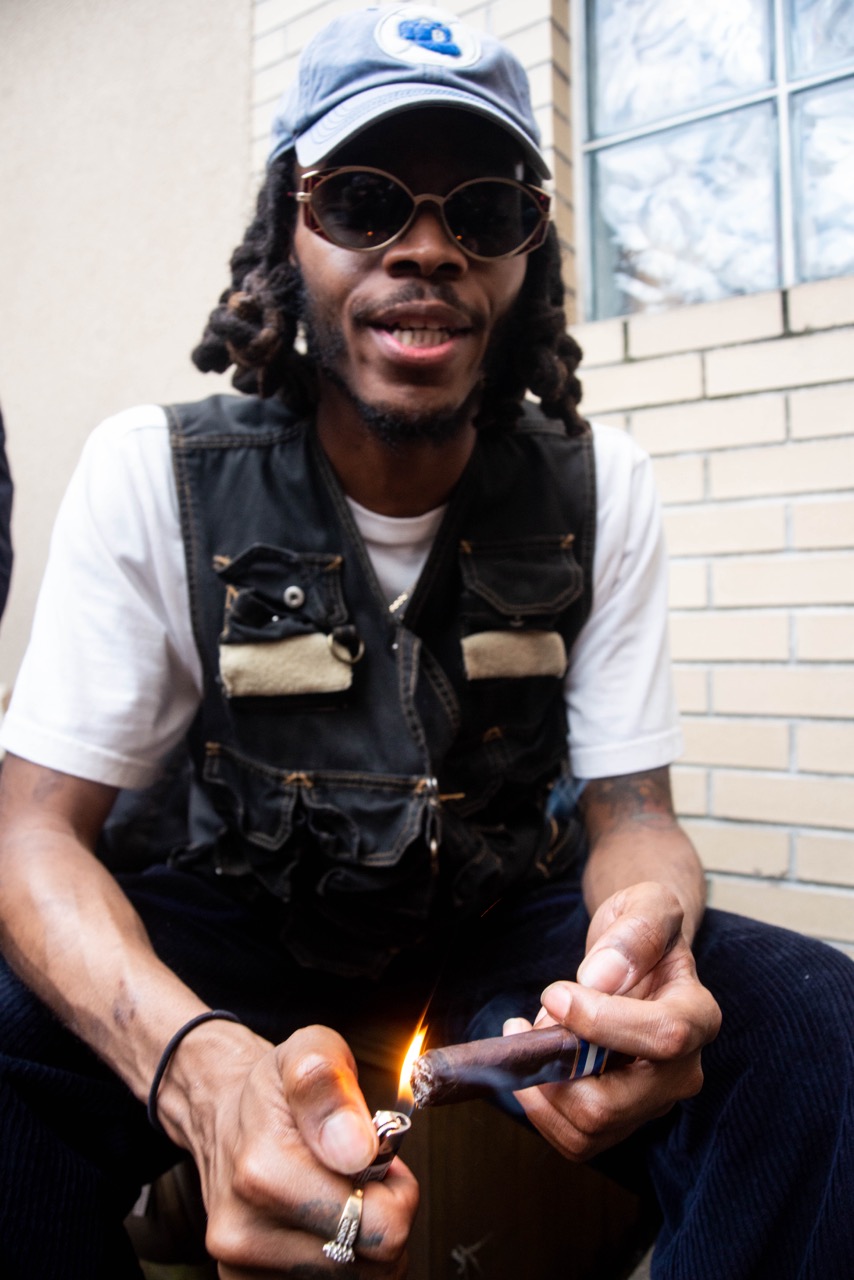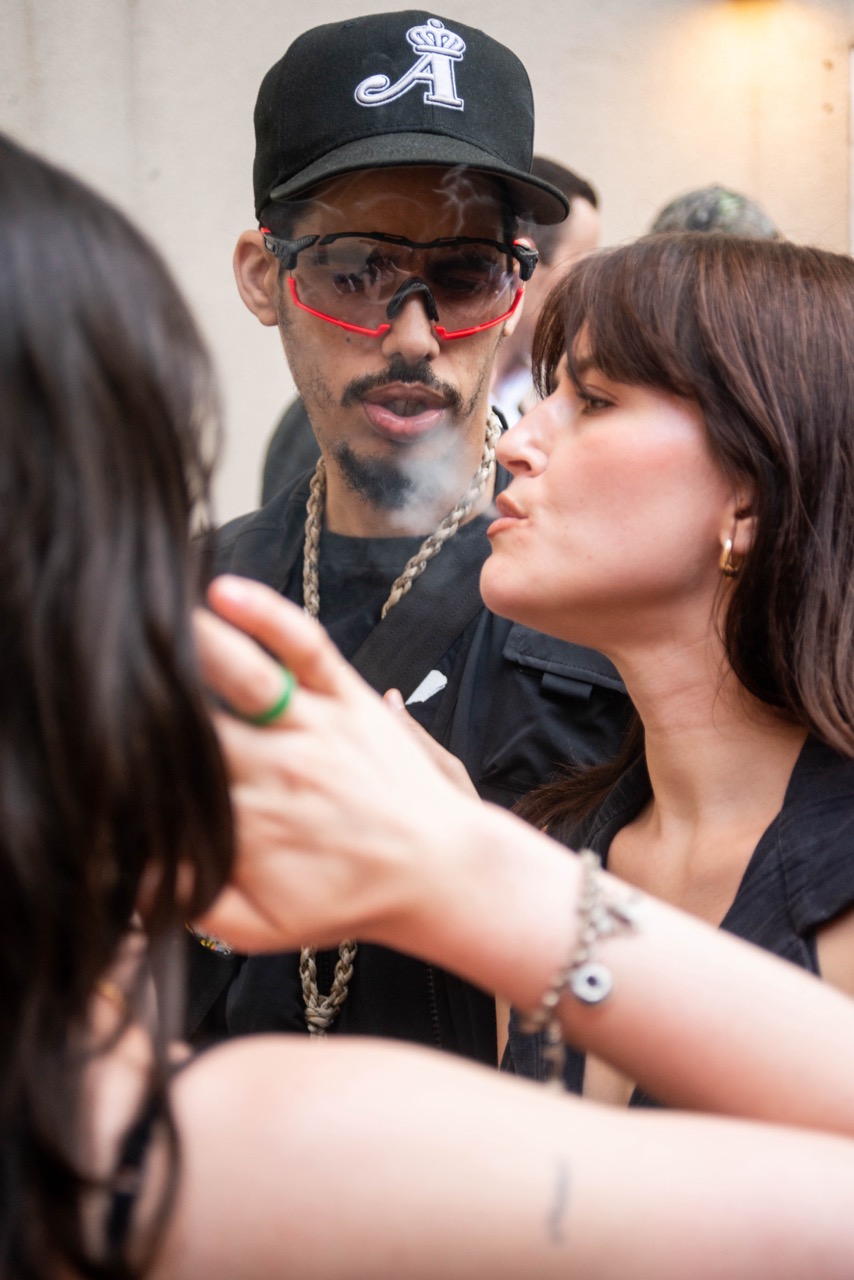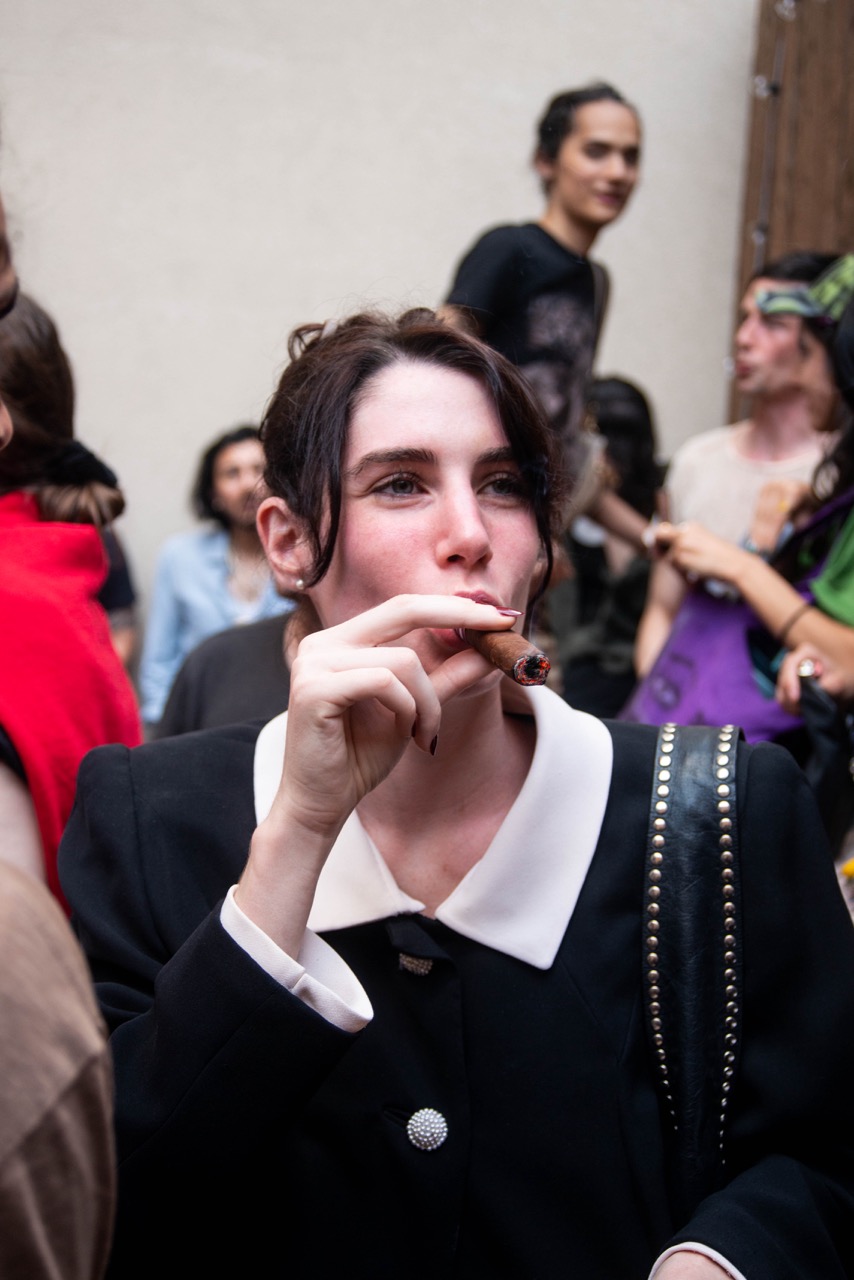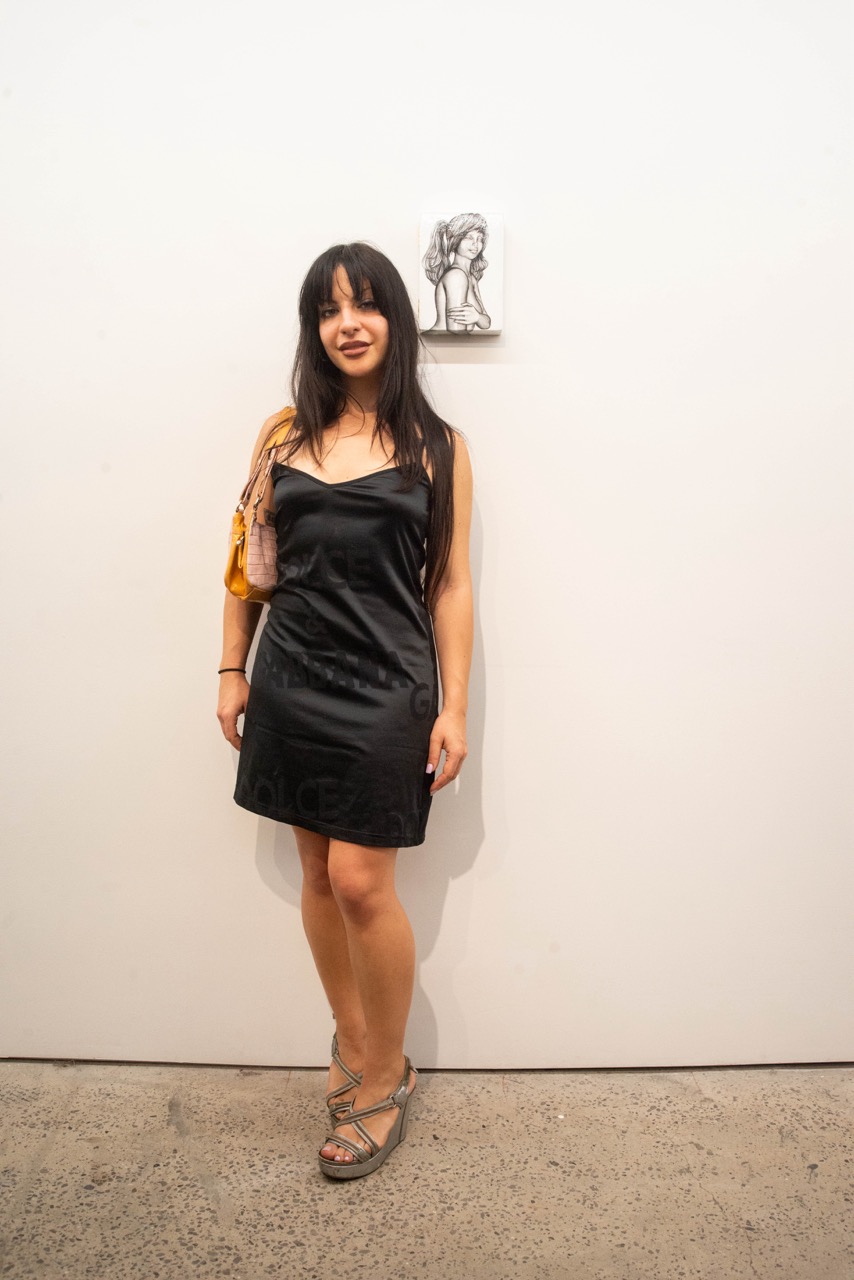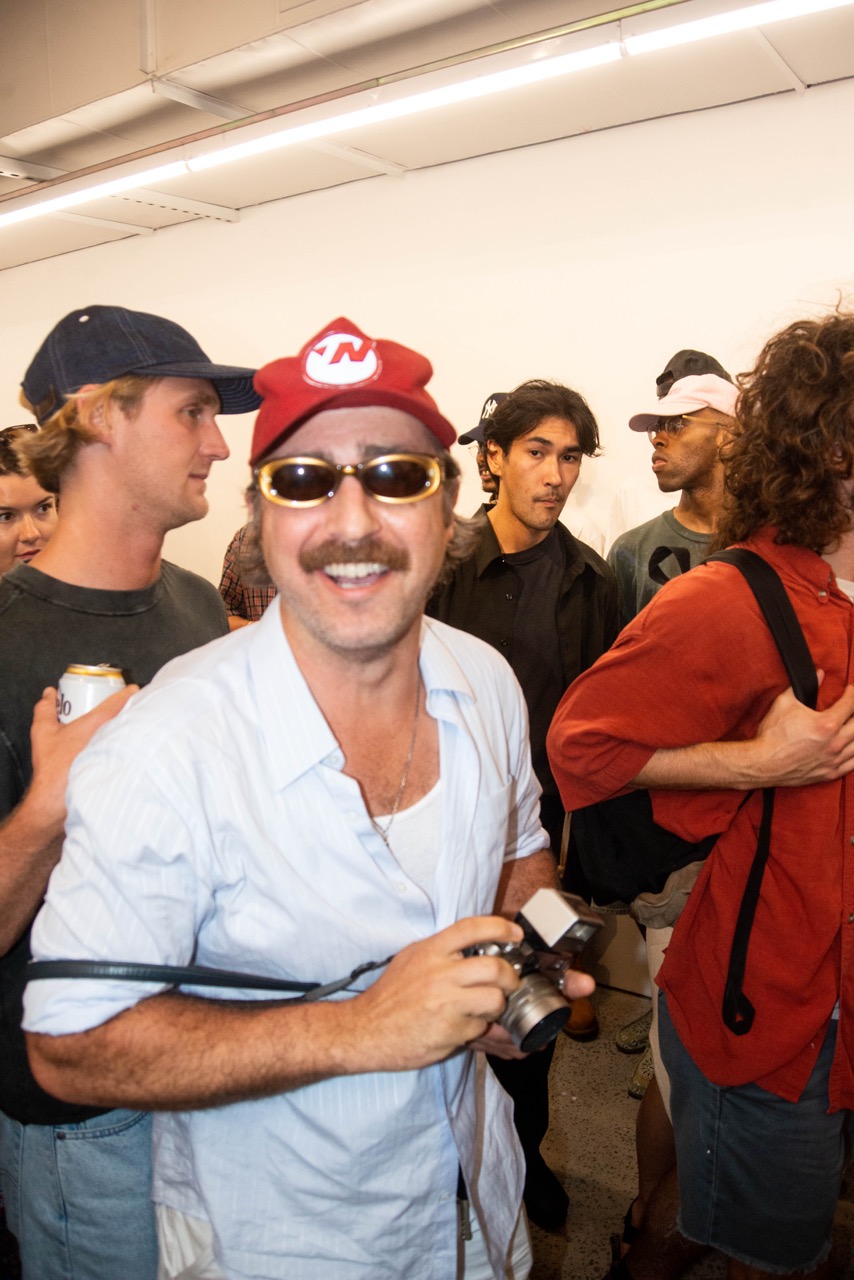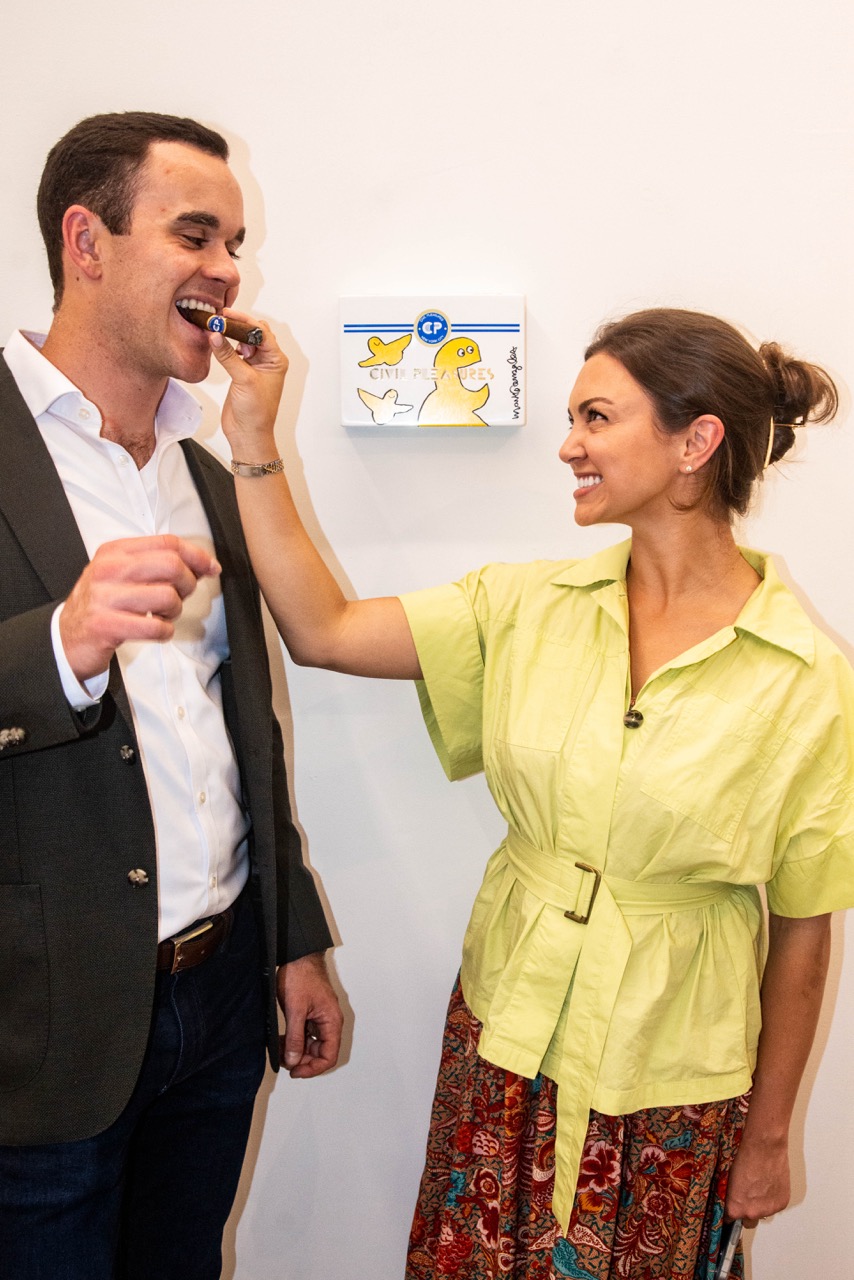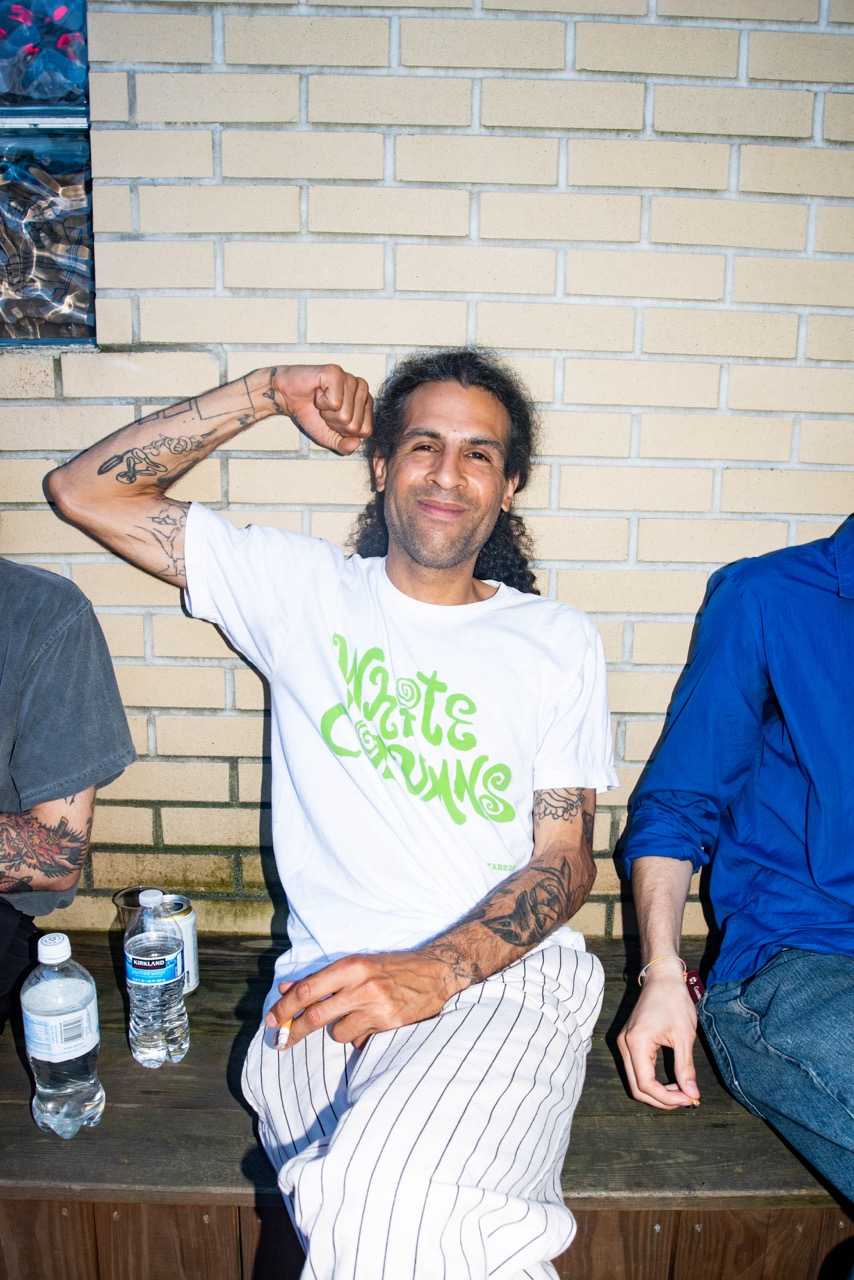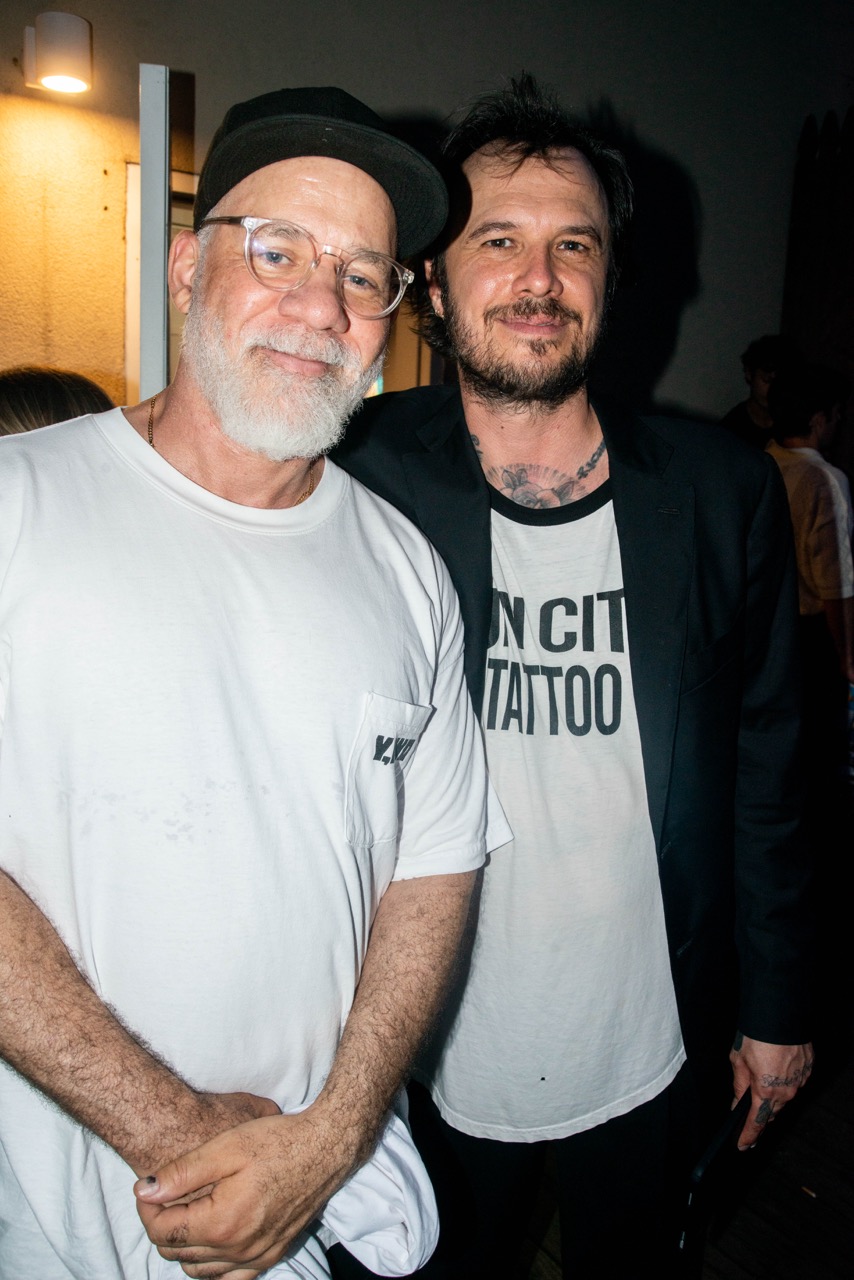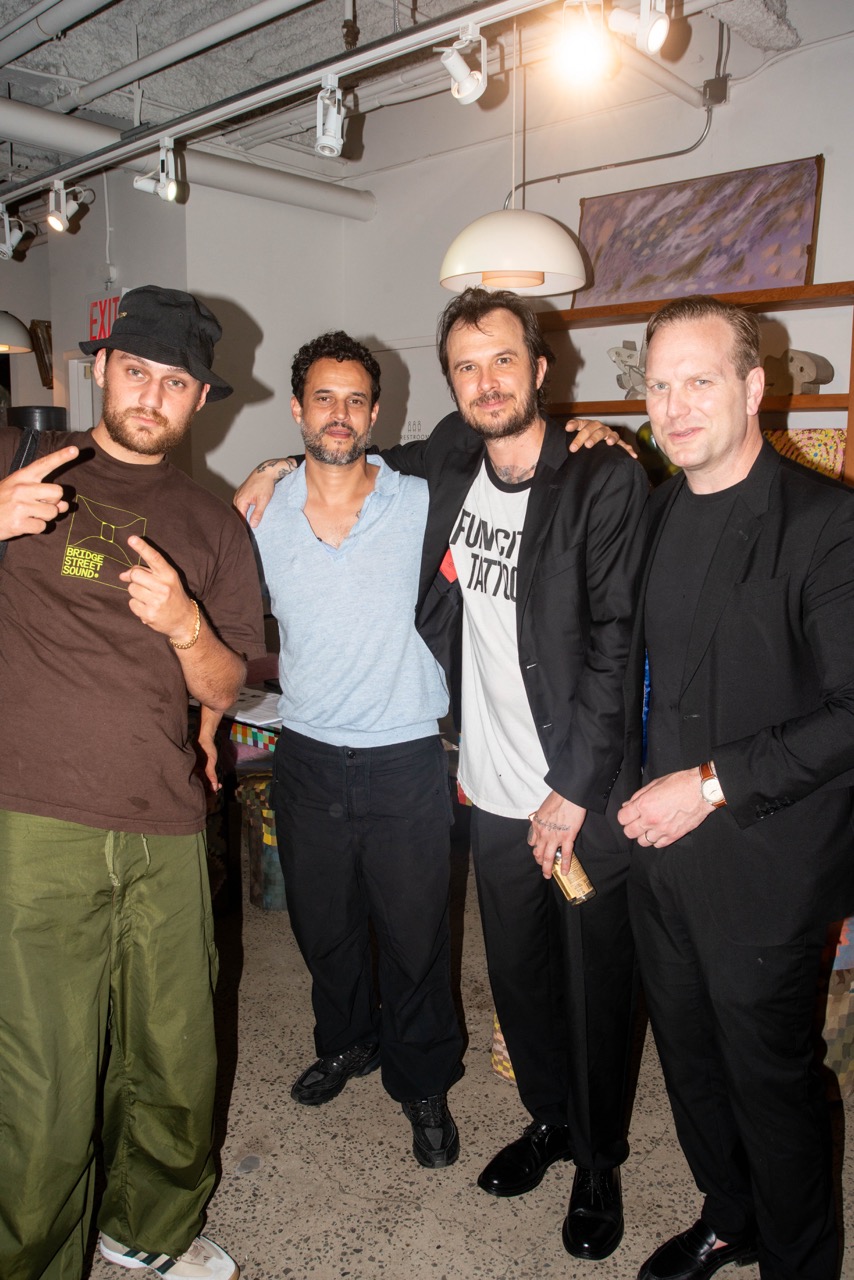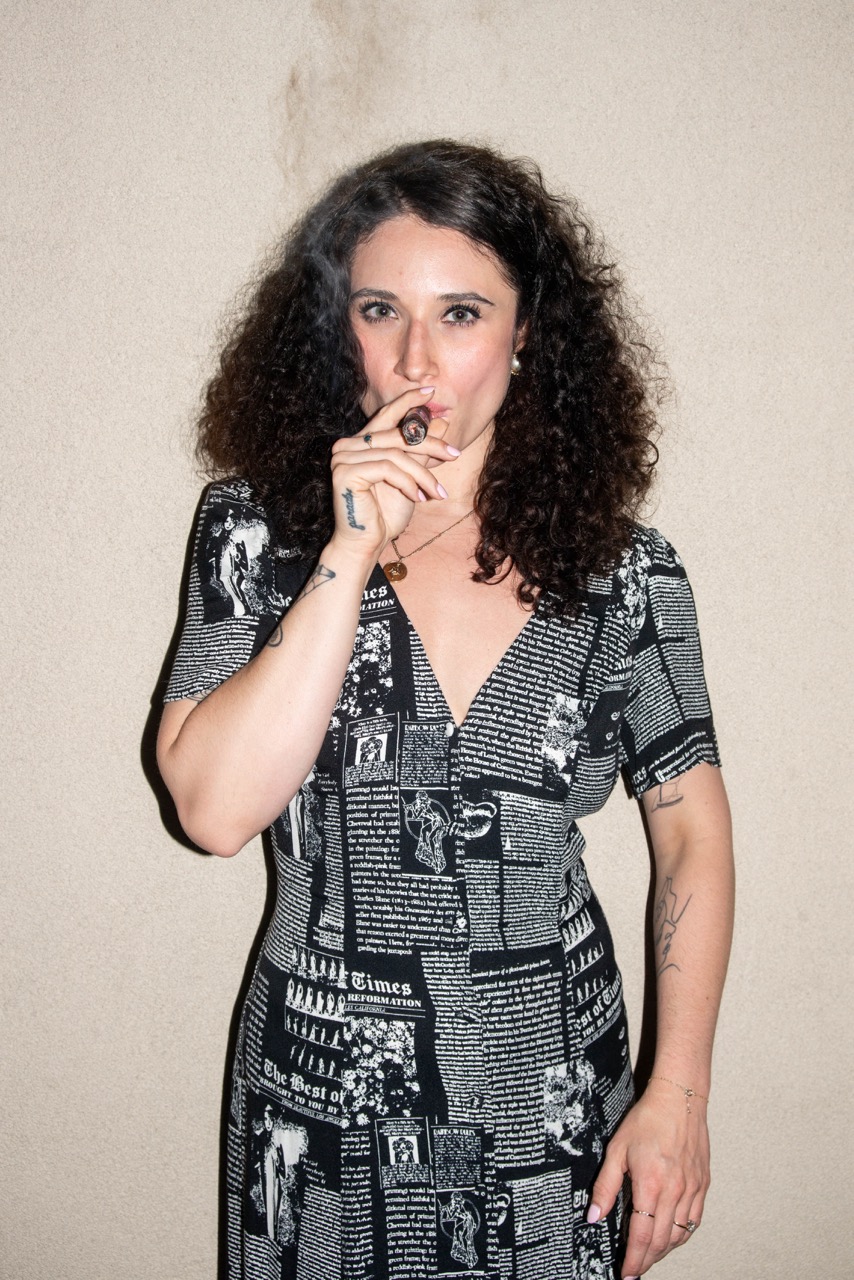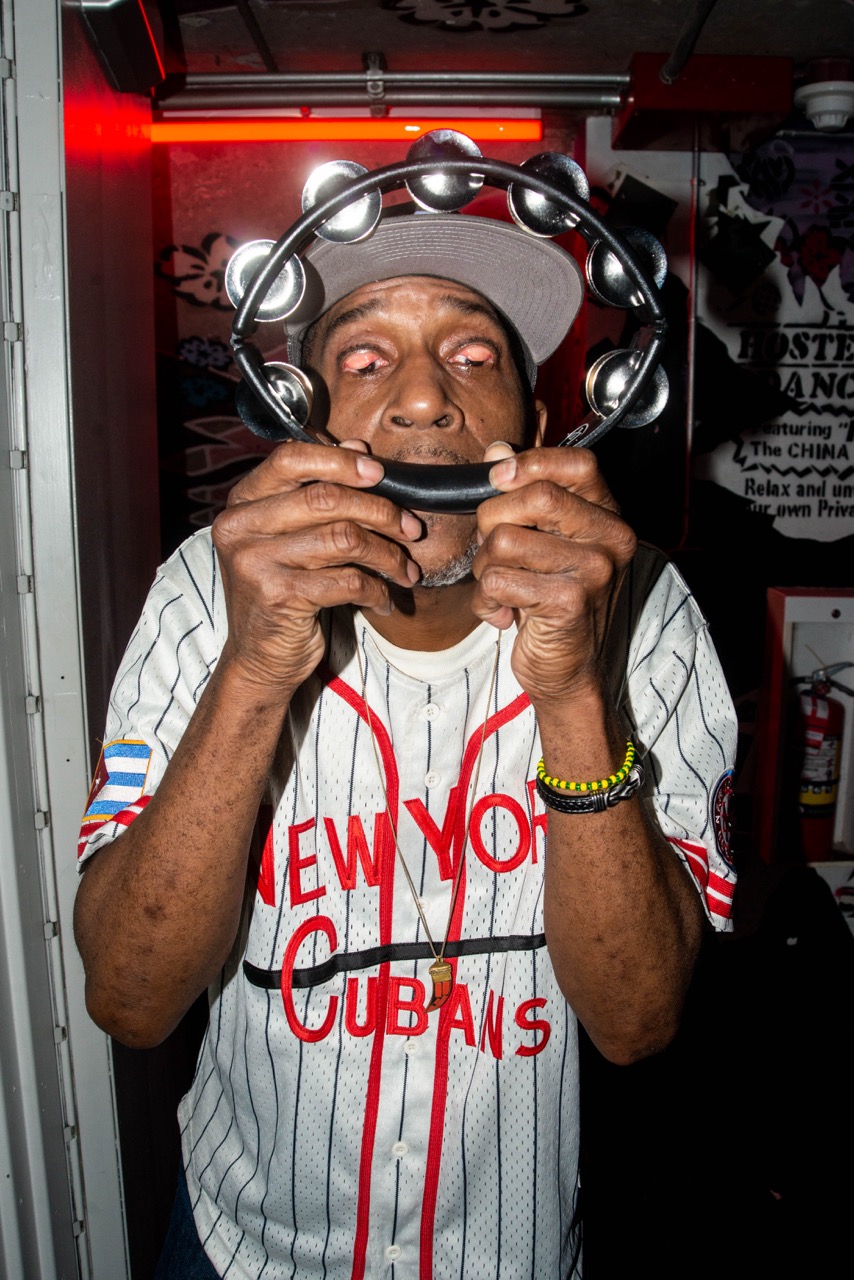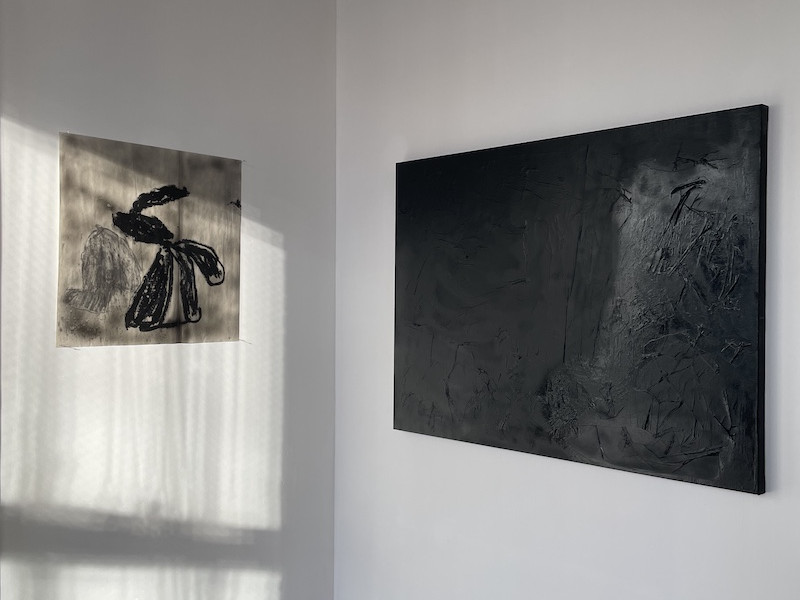We can look at any one of Isaac’s pieces and understand almost immediately what it's about, or at least what we think it’s about. But that’s the beauty of Isaac’s work: no matter the subject matter, we see ourselves, or a friend, or someone we love in all of them. At just 21 years old, he has created a body of work reflective of the universal moments that connect us all.
Read our conversation about Isaac’s process and purpose as an artist below.
I feel like we’ve been in communication on and off since the days of the pandemic. Visually, I’ve seen your work change so much from four years ago to today. Do you feel like there was a switch in your life that resulted in this change?
Yes, for sure. I went to see this Jennifer Packer show at Serpentine in around 2021,and at the time I was doing quite abstract paintings – aesthetically they were pretty but they weren’t really saying much. I went to that show, and it made me fall in love with painting people. The way she paints people, it makes you feel this really deep connection. I thought it was really fascinating, and so I decided I wanted to start painting people. Before this change, my work was much more self-referential. I did self portraits, about mental health, and I used myself as the subject of my work. But around the start of 2023, I lost my very close friend, and that’s when my work really shifted towards this theme of human connection. So now, my work is about relationships, and moments of intimacy and human connection.
That’s super interesting. I see the conceptual shifts, and change in emotional approach to your work, but I also see a huge shift in the techniques you are using — all these lines that you create through negative space, and the vibrant use of color. Where did that come from?
Well, back when I was painting self-portraits, I wasn’t particularly good at drawing, so I was always drawing these very loose silhouettes with line work, and I liked it a lot but the colors weren’t quite right. I literally had to teach myself how to paint with oil — I was learning through YouTube — and one of the things it taught me was this process of doing a wash to stain your canvas. Most people paint over that wash, but I really liked that color and the tone it gives the whole canvas — it’s almost like a sepia photograph that feels really nostalgic. So I kept that color visible through the line work which massively changed the color palette of all my paintings. And not just the color of this process shows, but also the texture. Painting the canvas with this burnt umber and white mix, then washing it down with this very toxic turpentine creates this almost wood-like texture, making my paintings look like they’re printed on a wood block.
So you’re kind of allowing the process of the medium to show itself in the final piece.
Yeah, I just thought, it’s such a nice color, why get rid of it? And also, this color became the color for all the skintones in my pieces. With my current style, that is intentionally very 2D and very flat, the sepia wash and the line work replaces any shading, on faces or on things like draped clothes. In my paintings, I want there to be no evident light source, and the intention behind that is that my paintings are slightly disconnected from the real world, they aren’t real life. The figures aren’t real, none of them are real people. They are everyman type figures, so they can be universally understood. By doing this, you can understand what the human emotions of the painting are, while not assigning these emotions to specific people.
